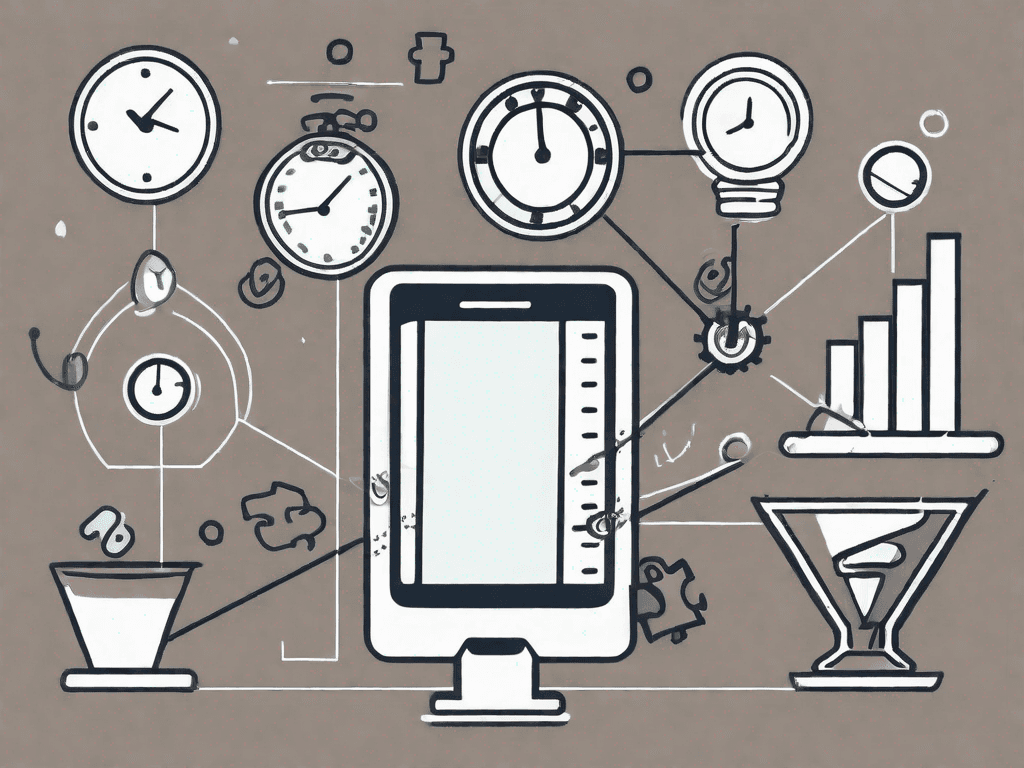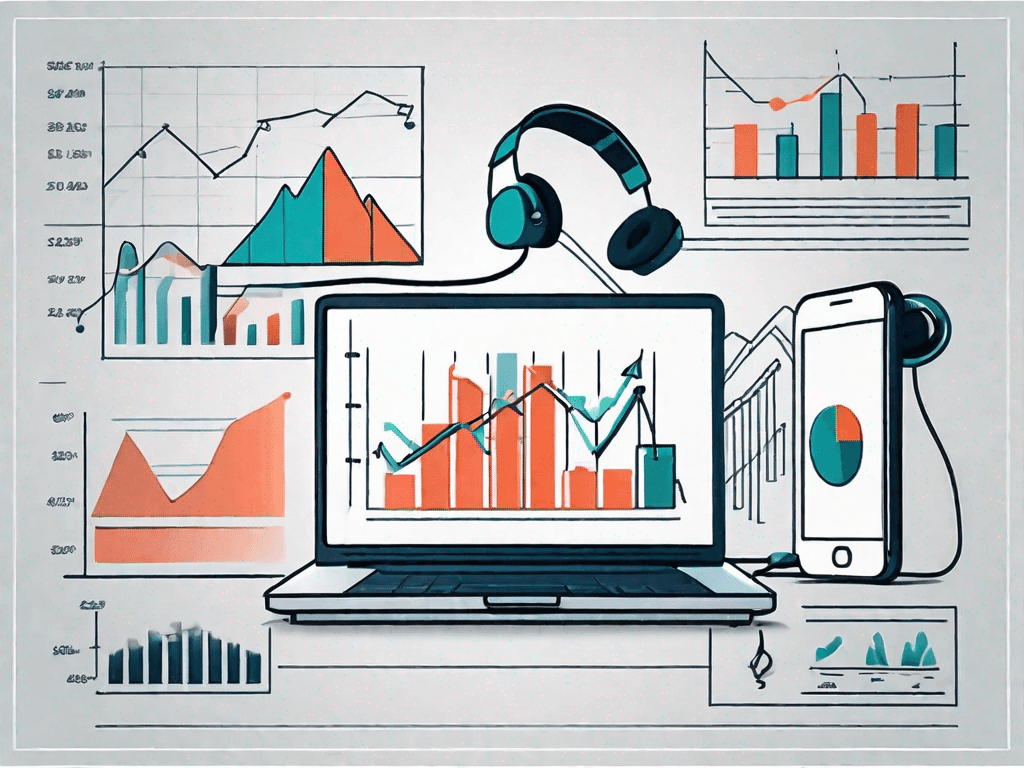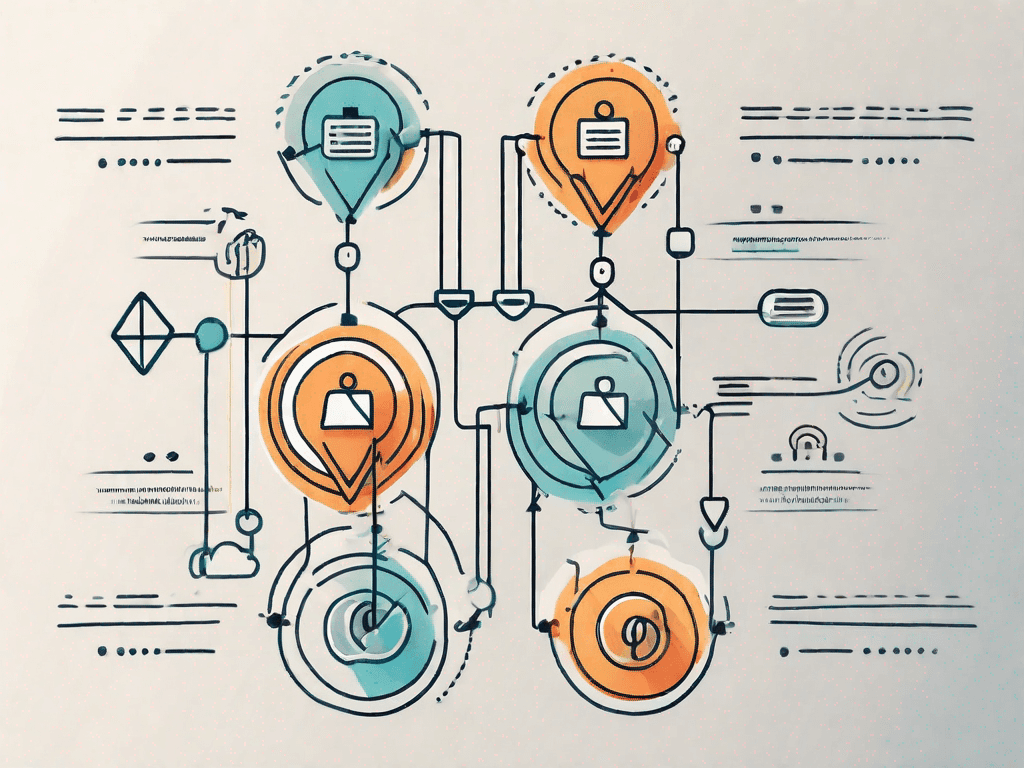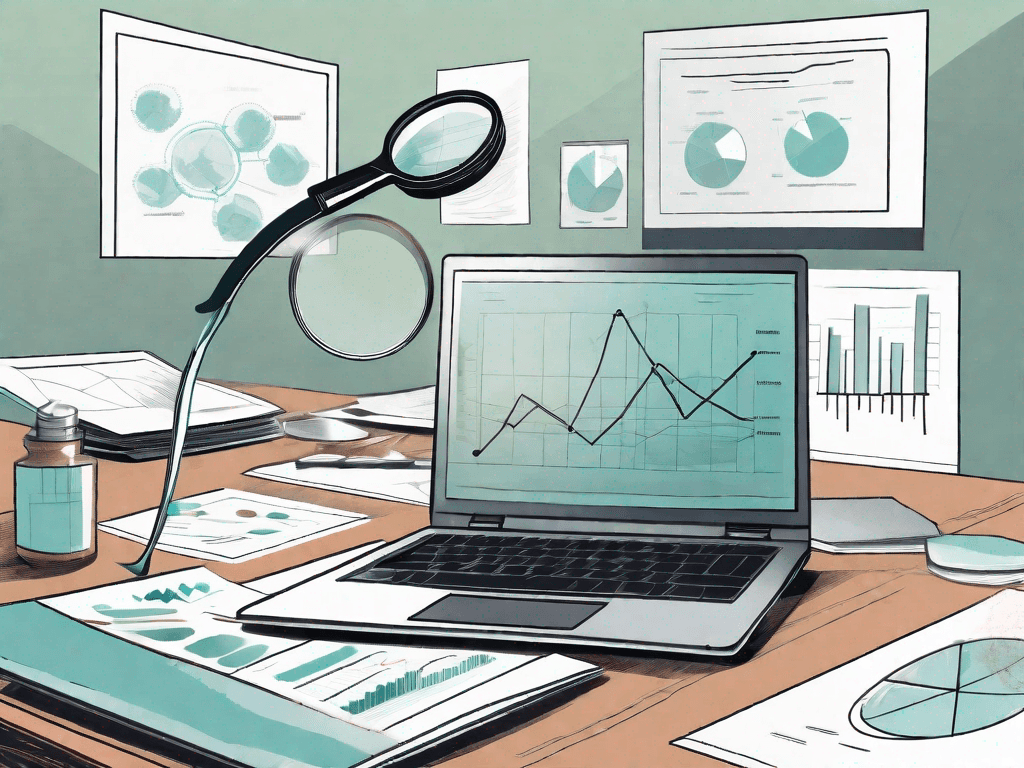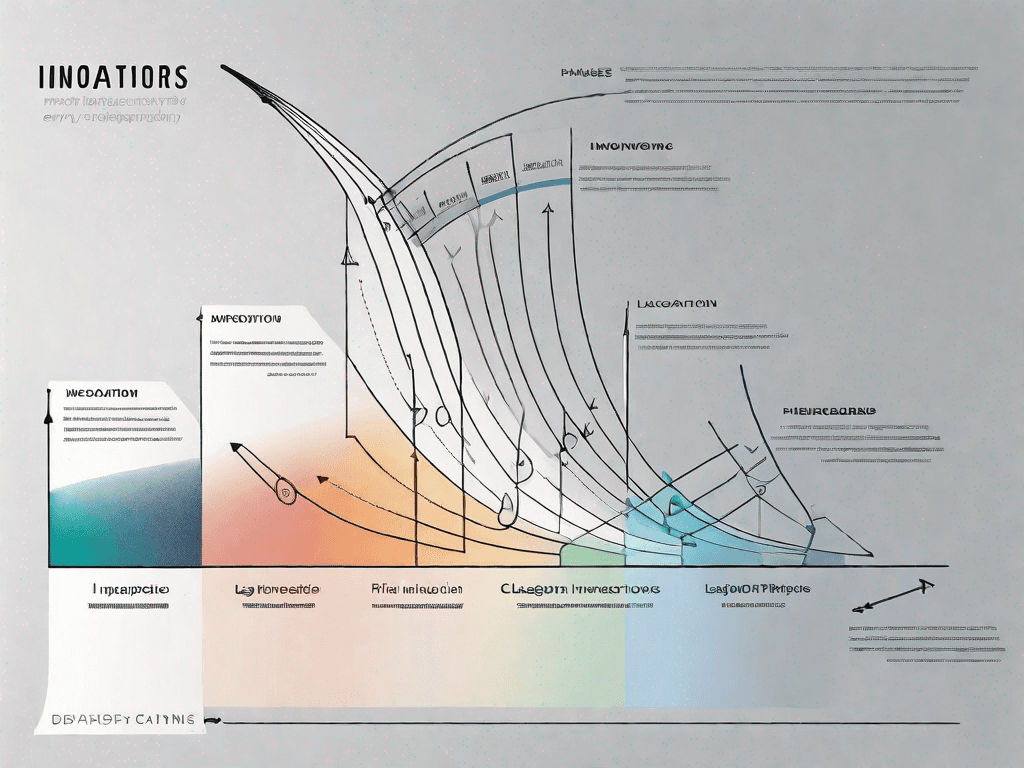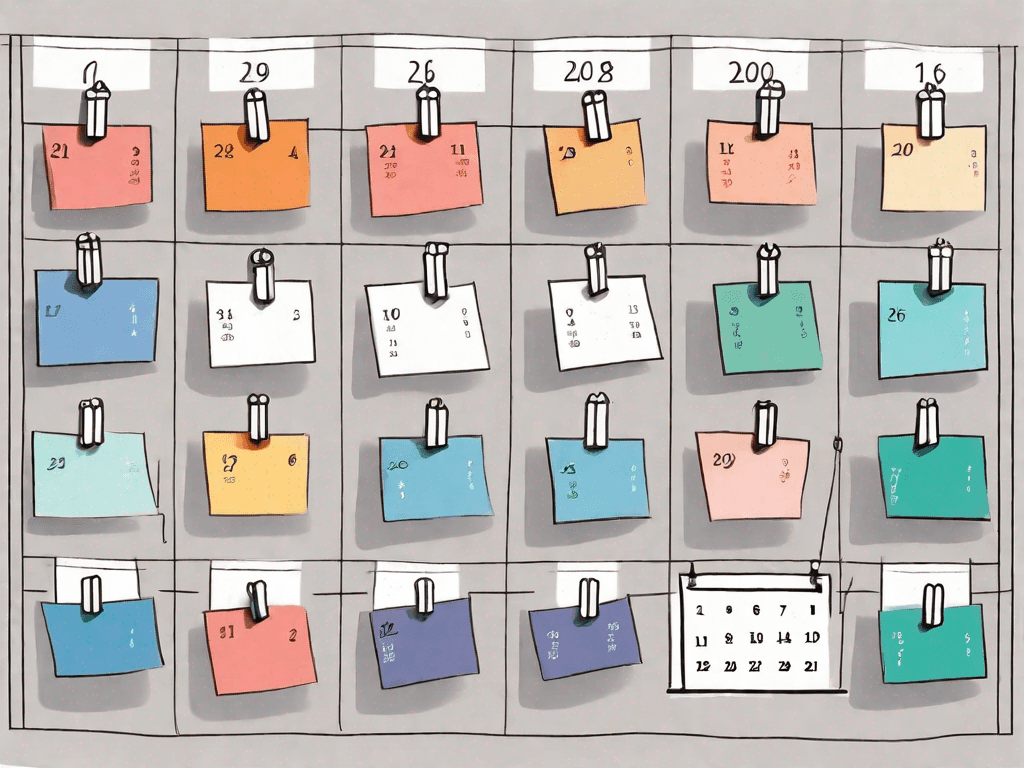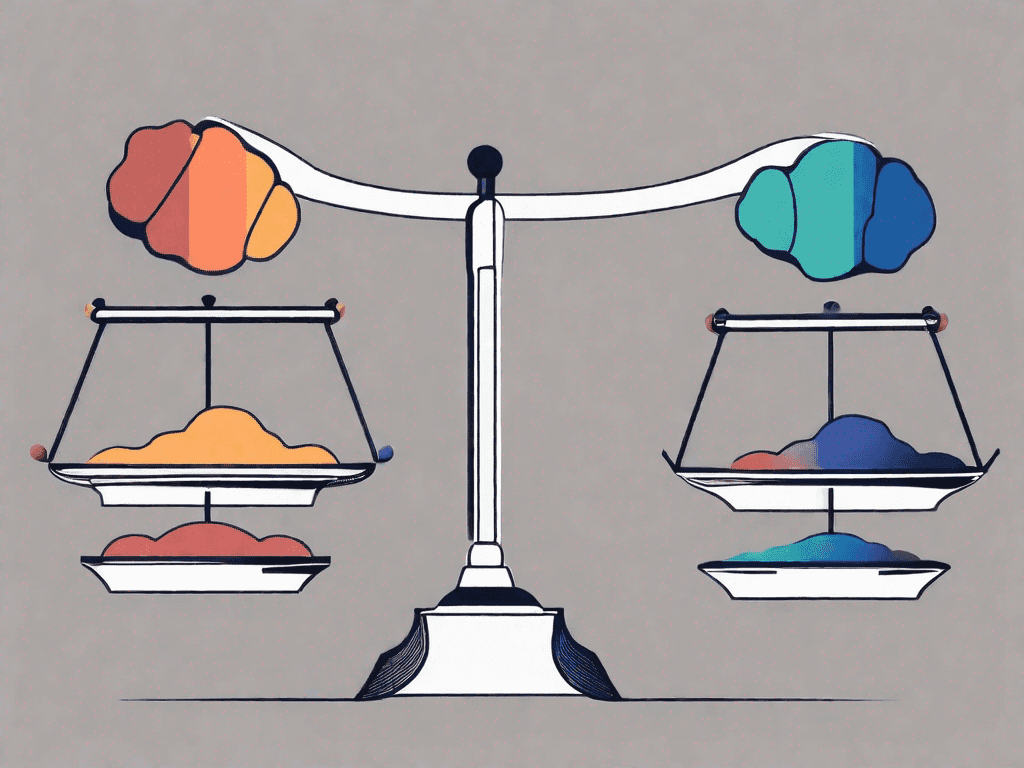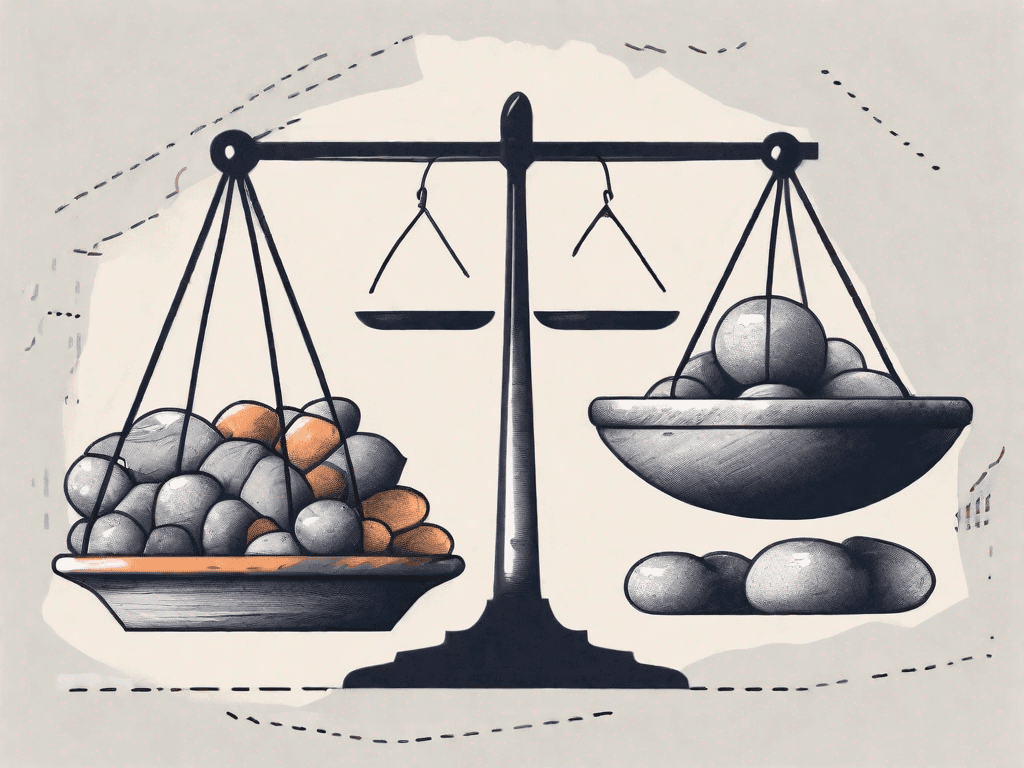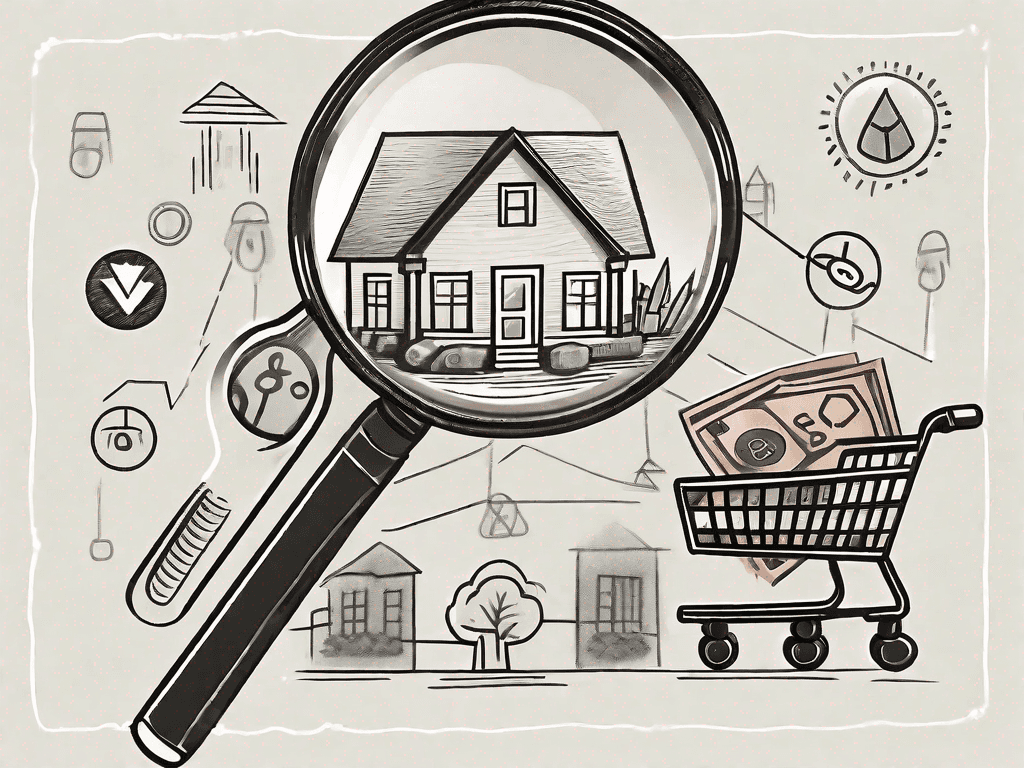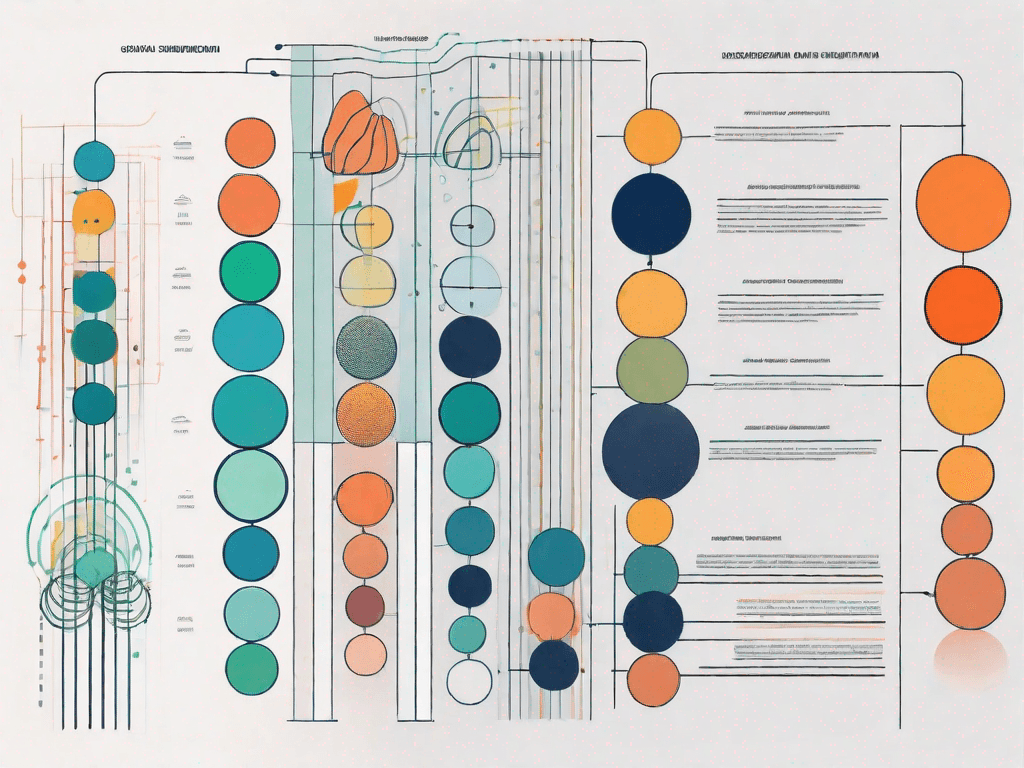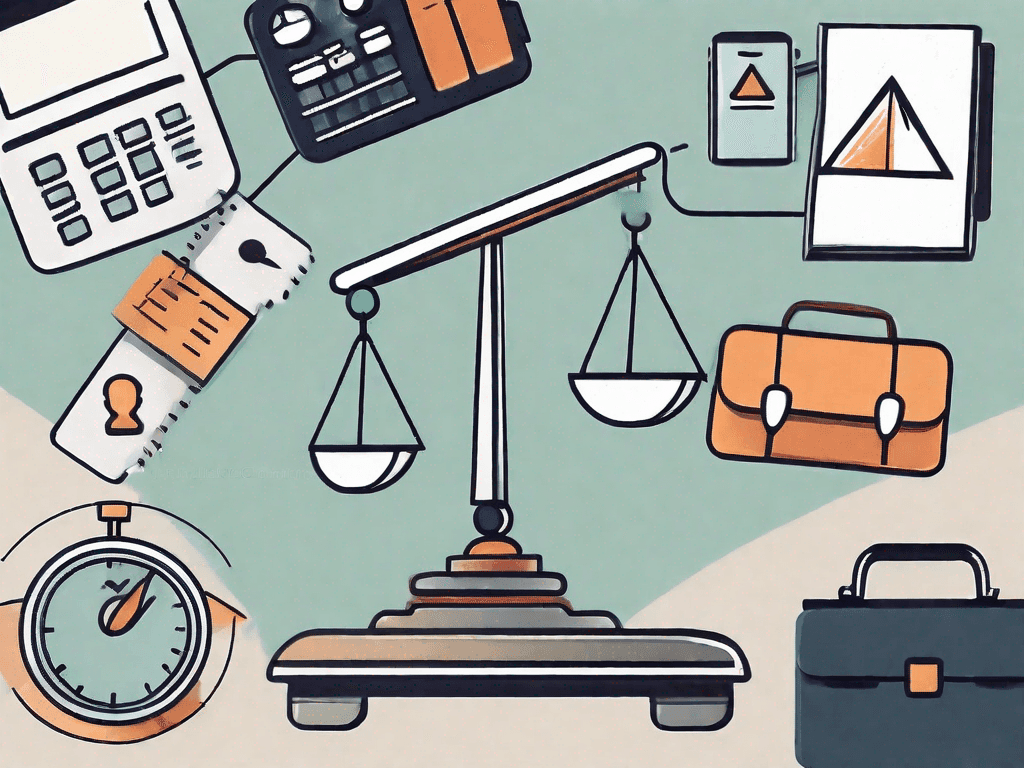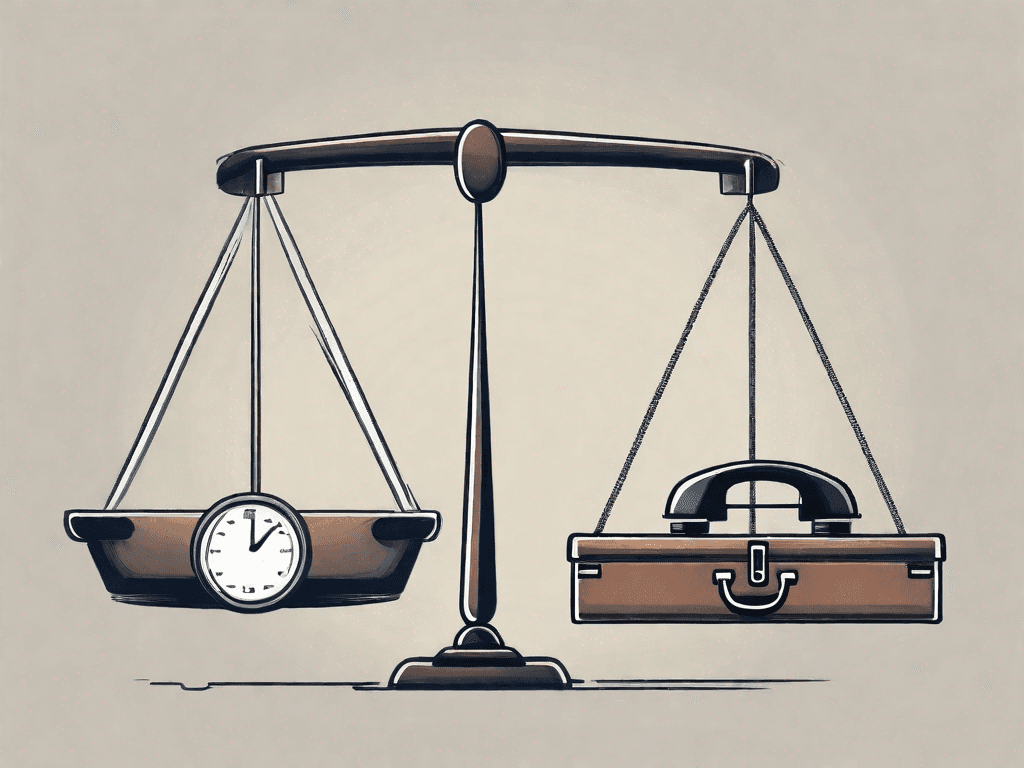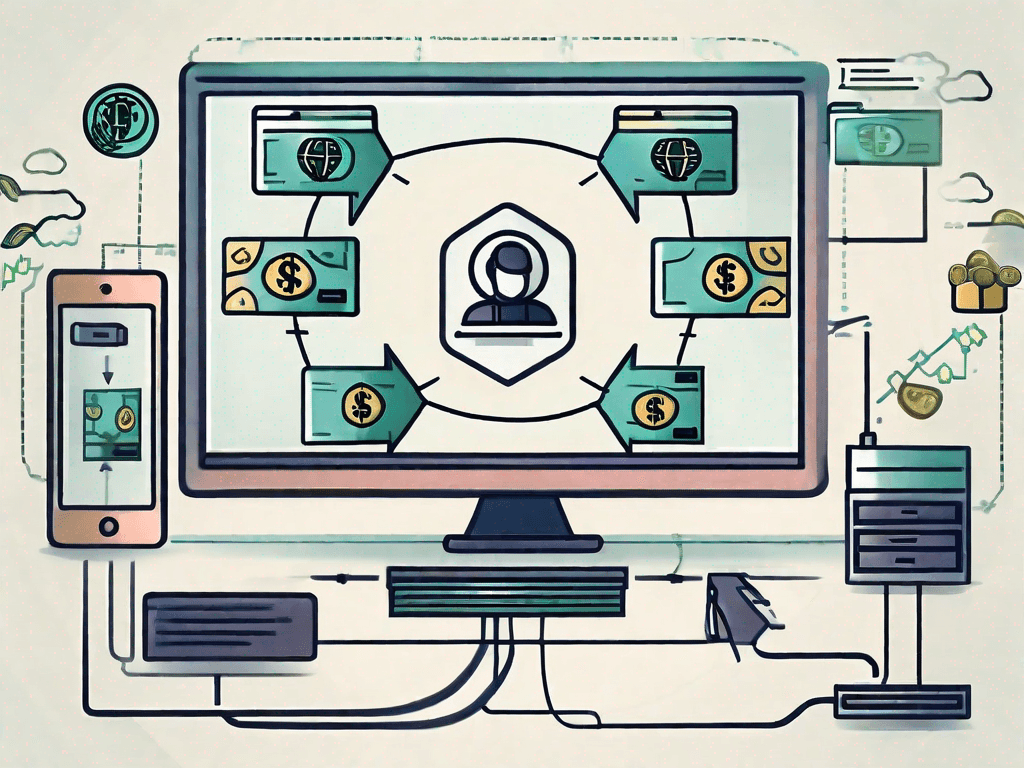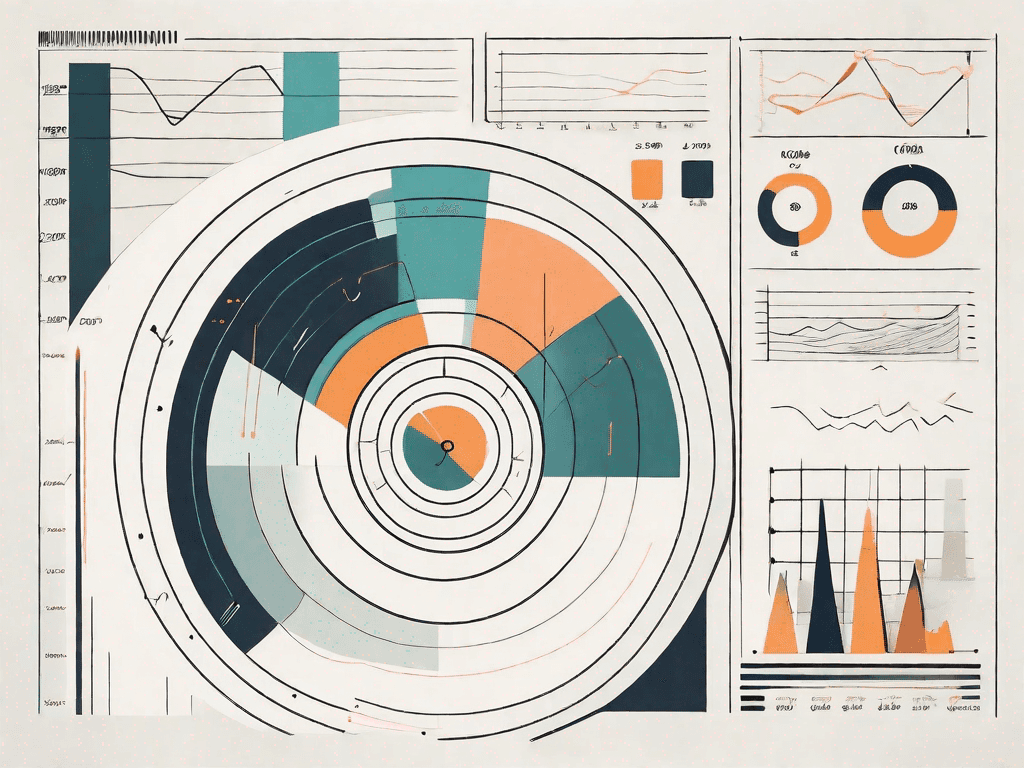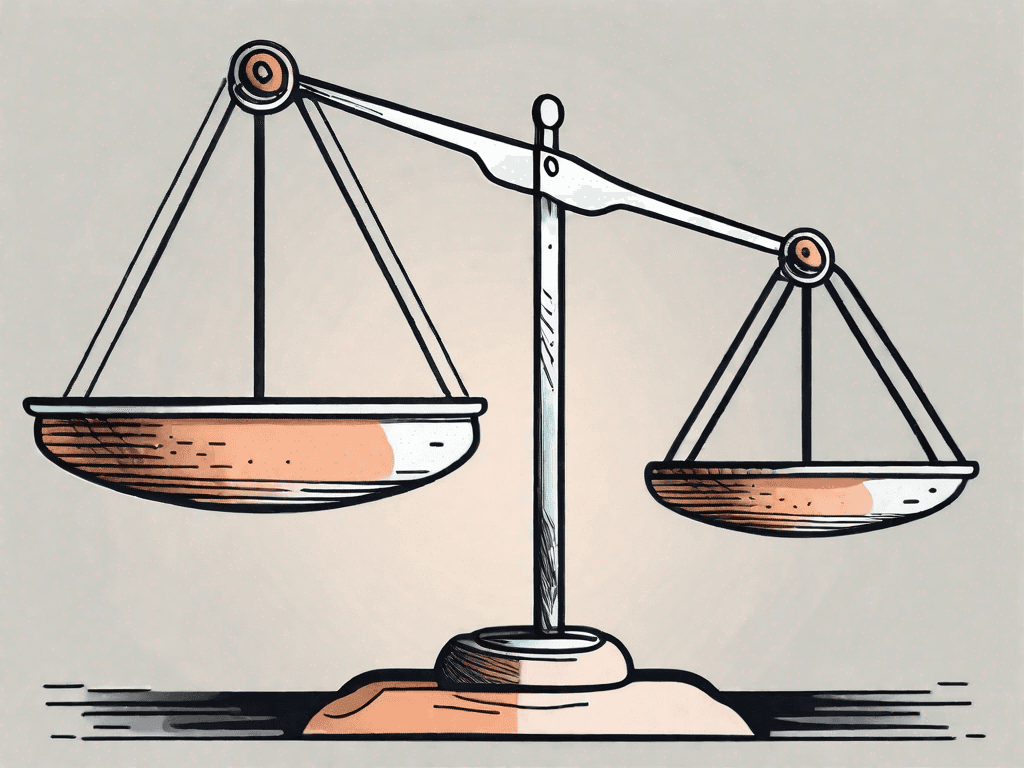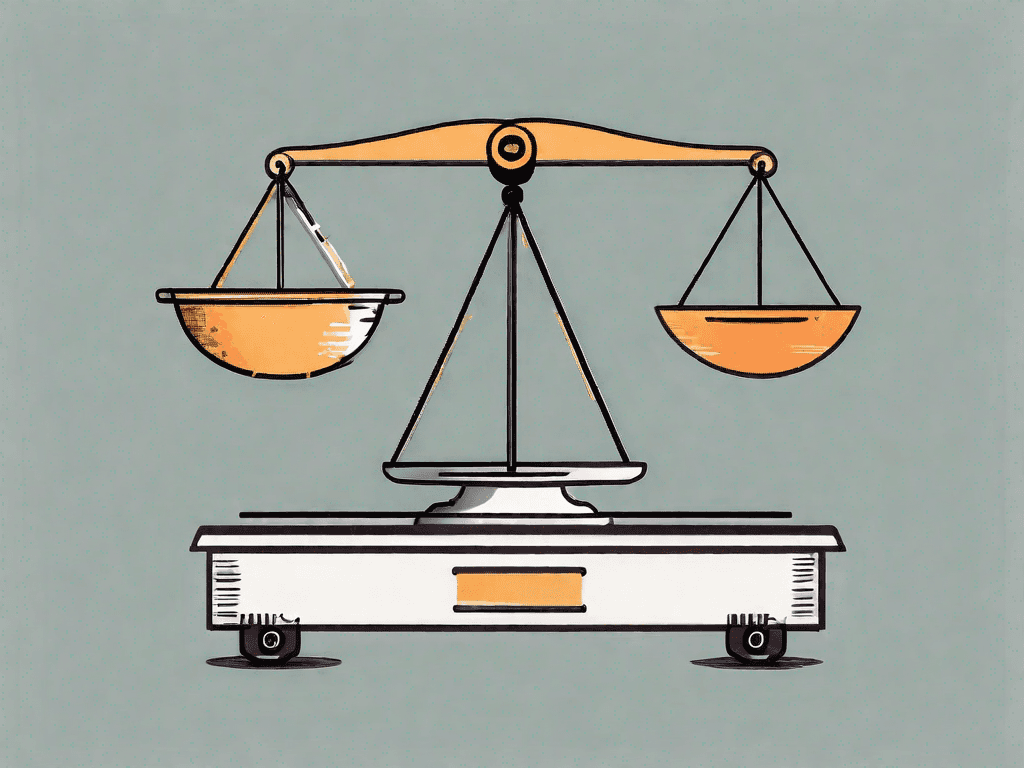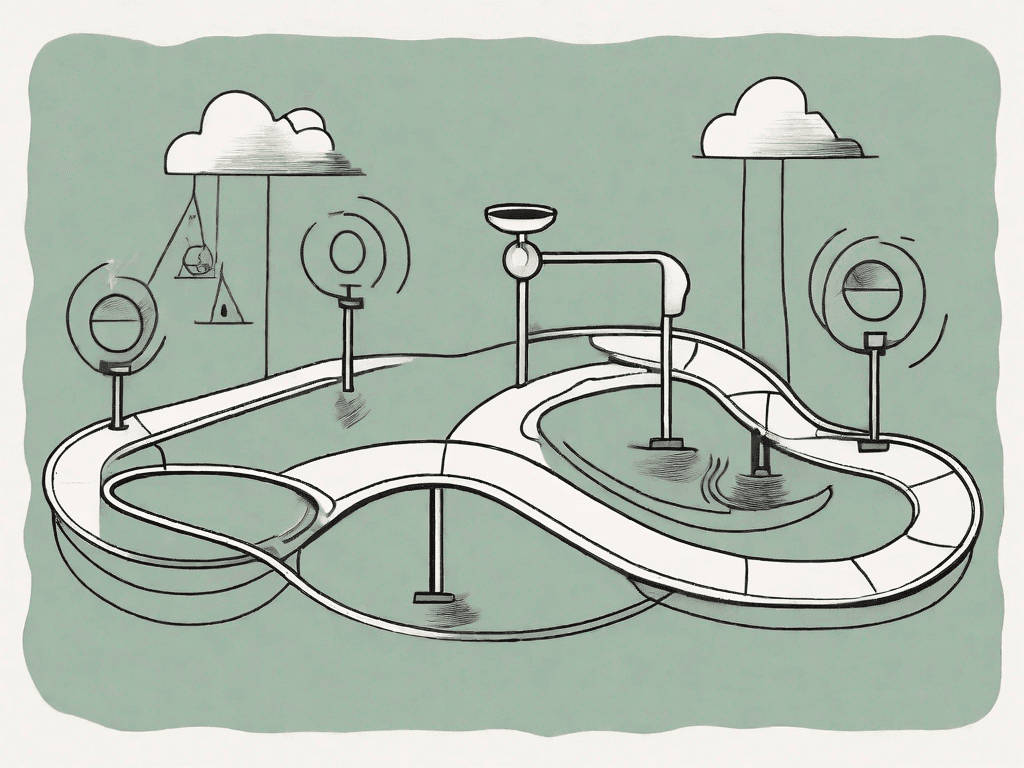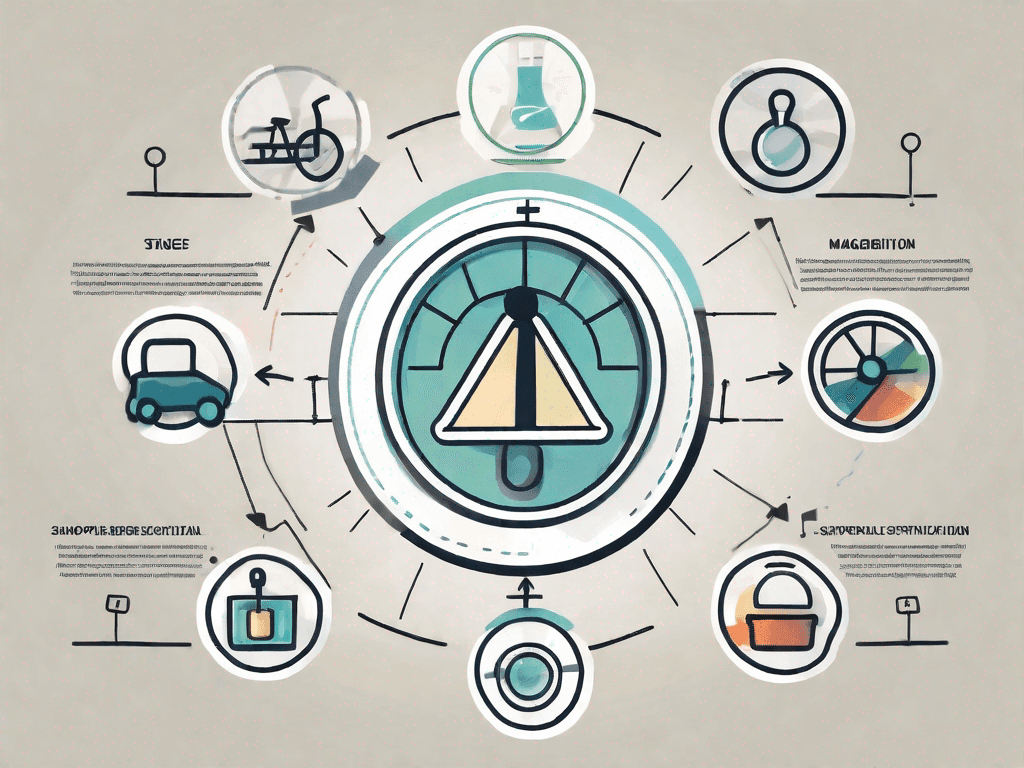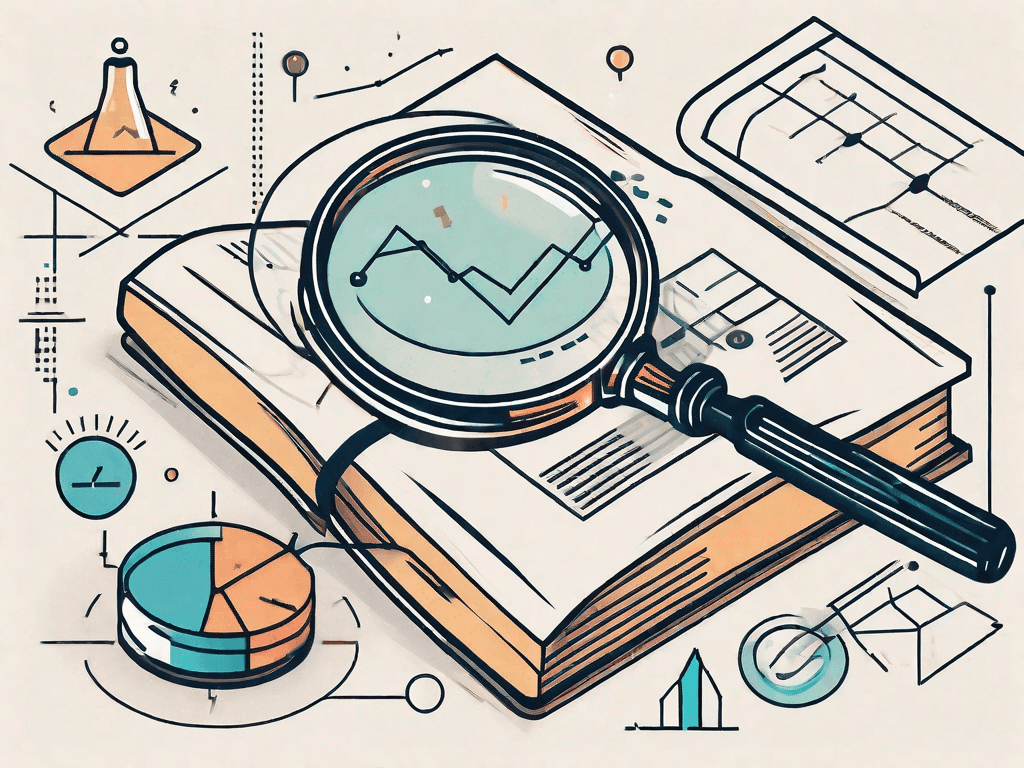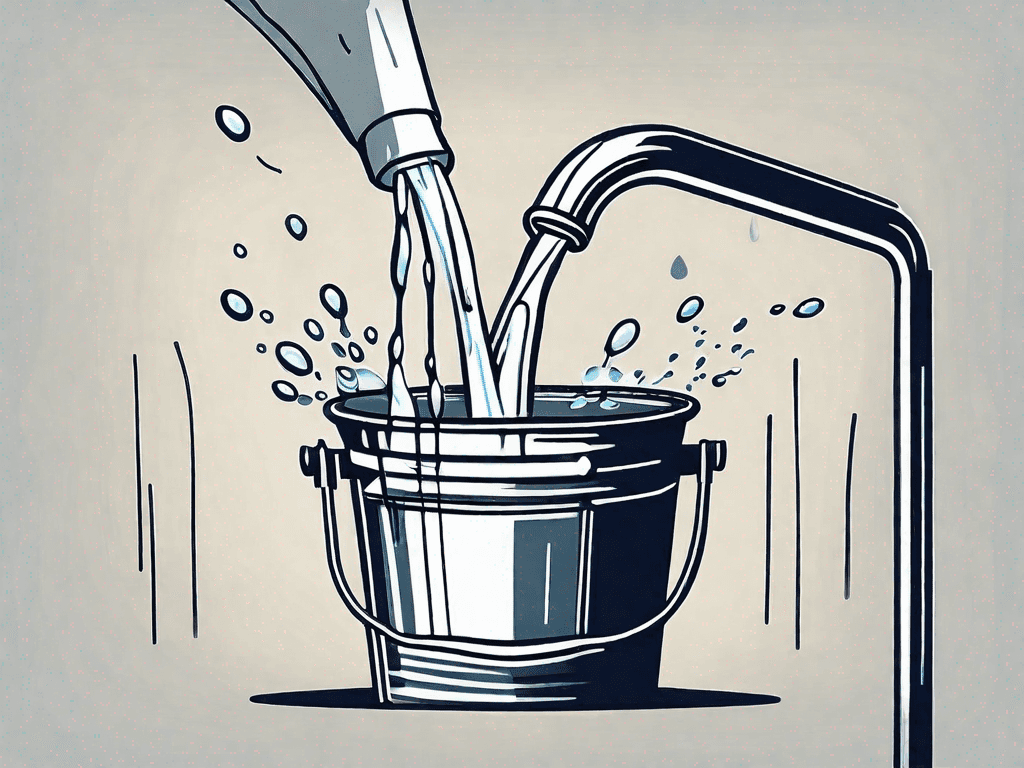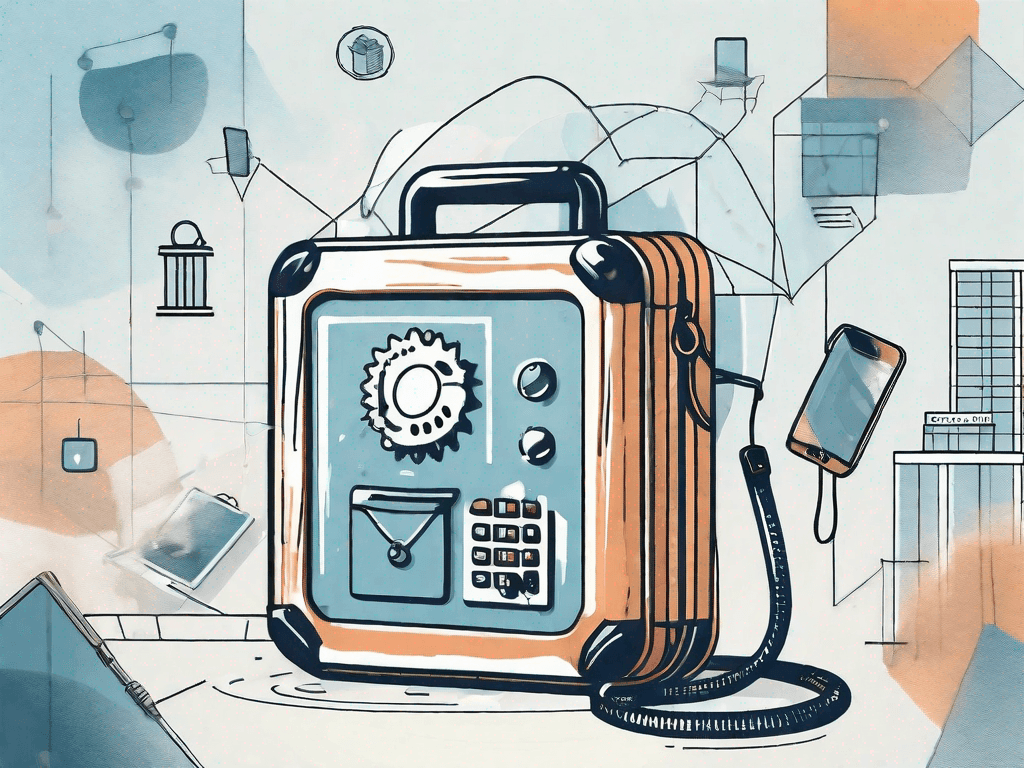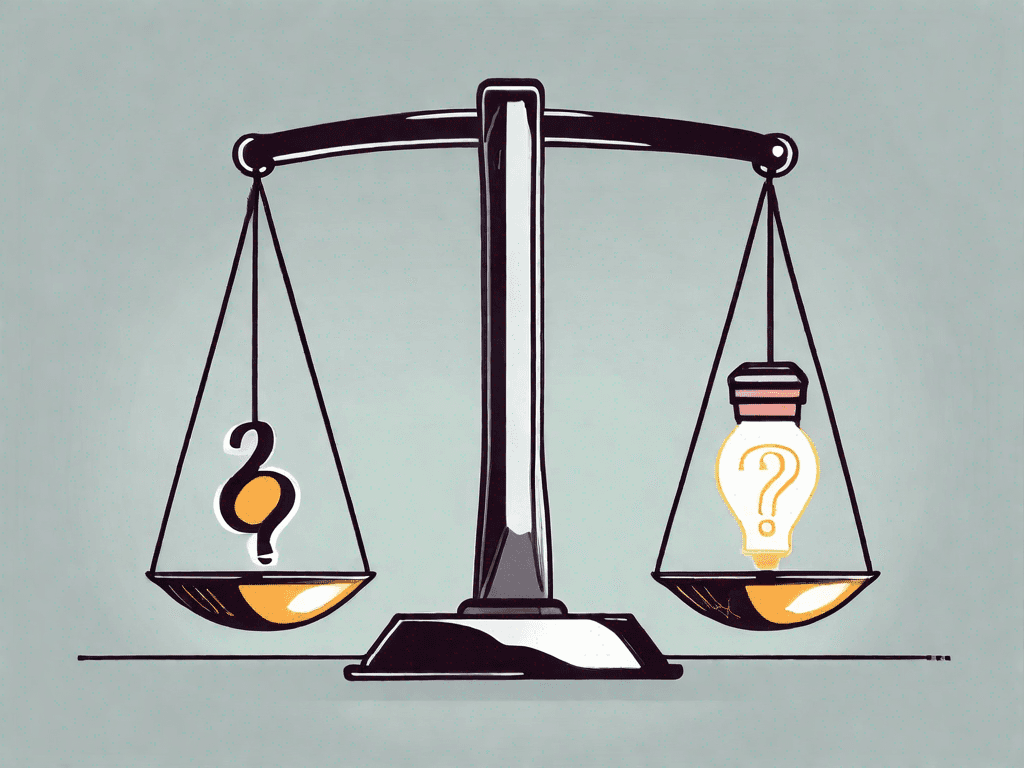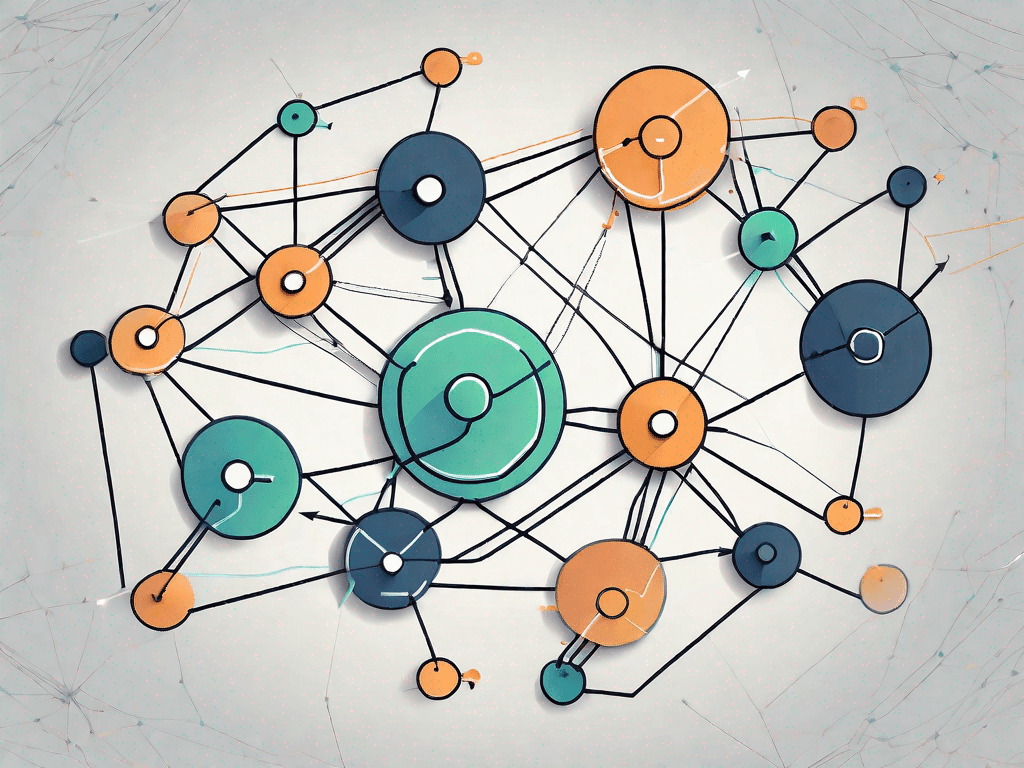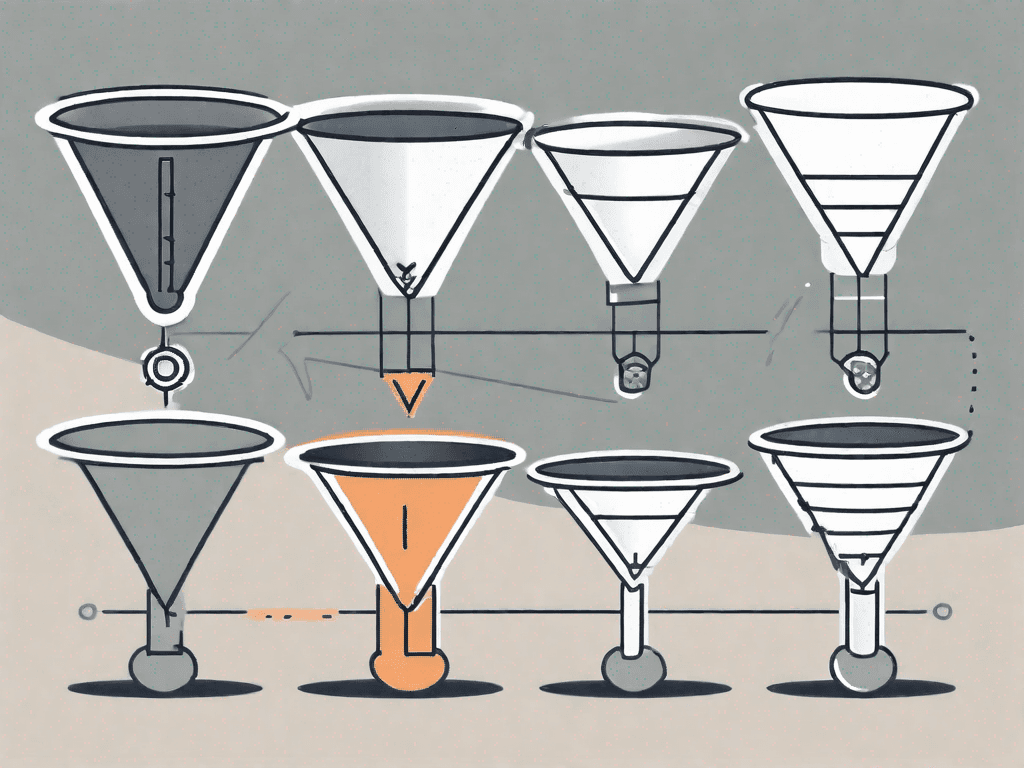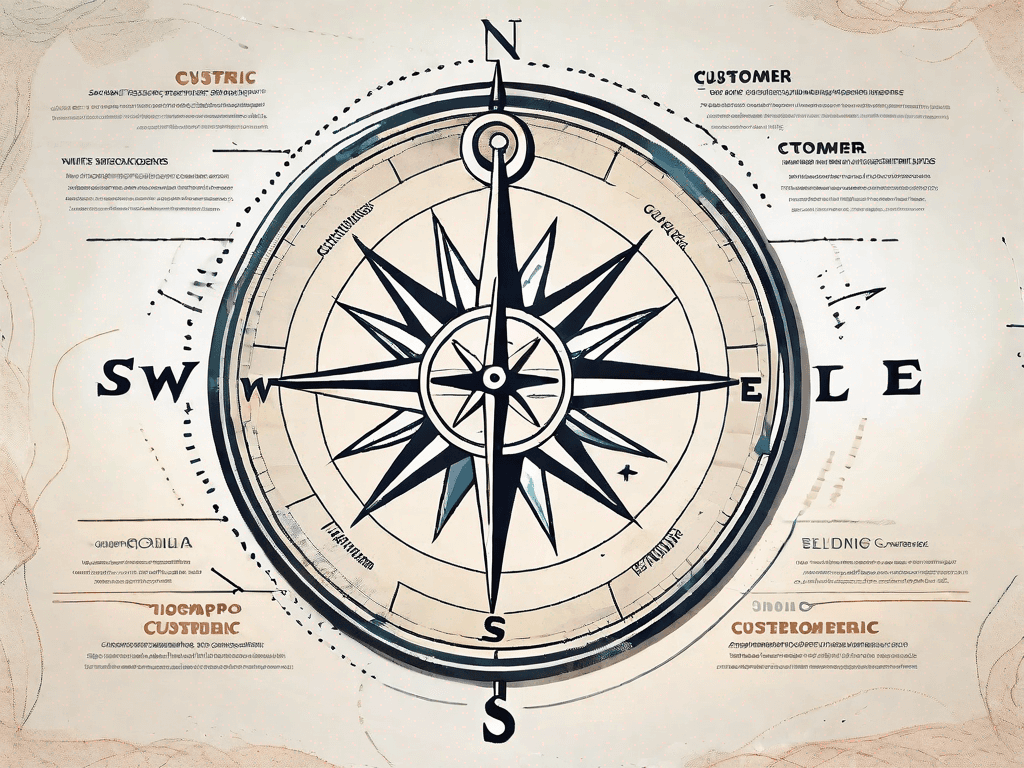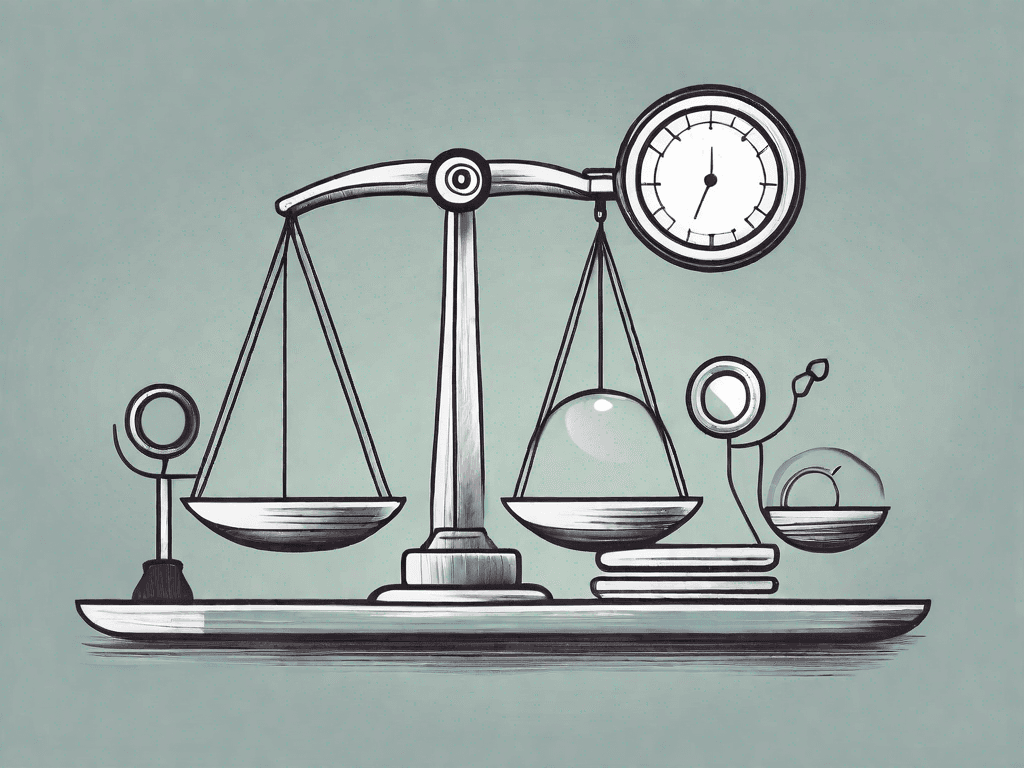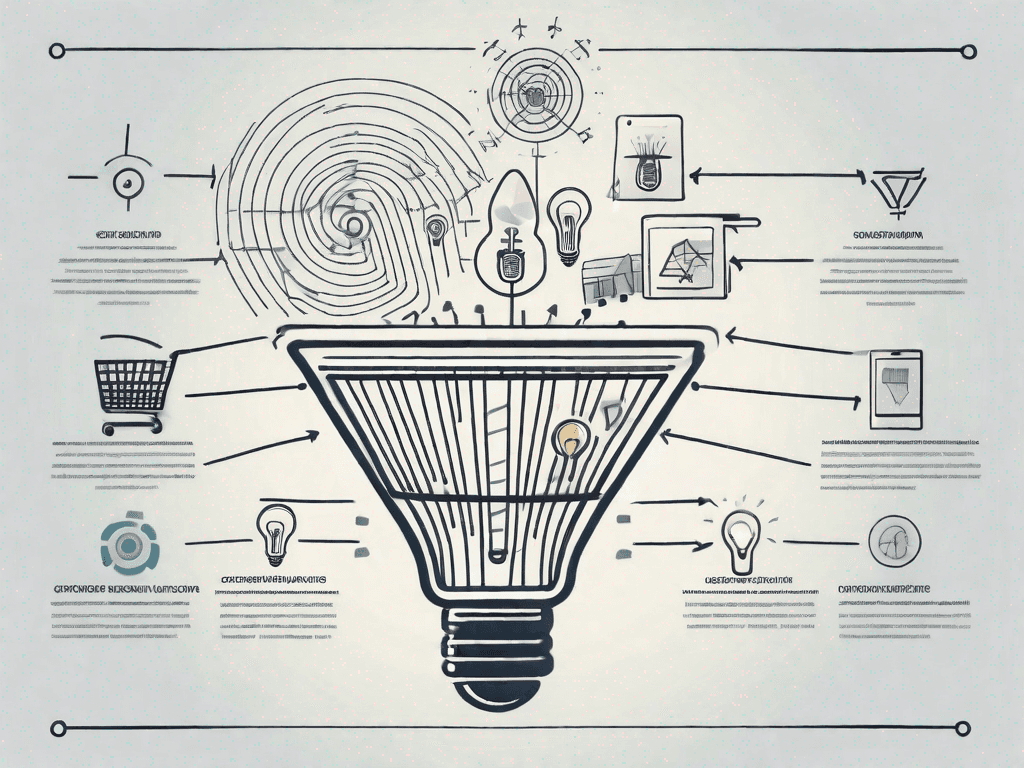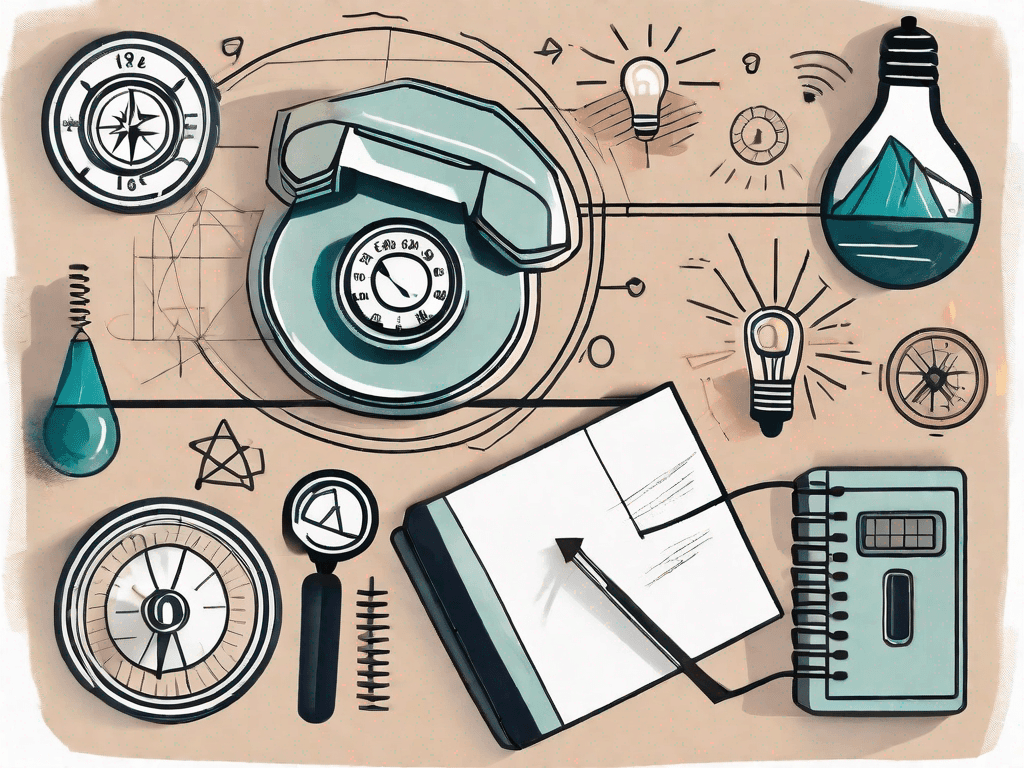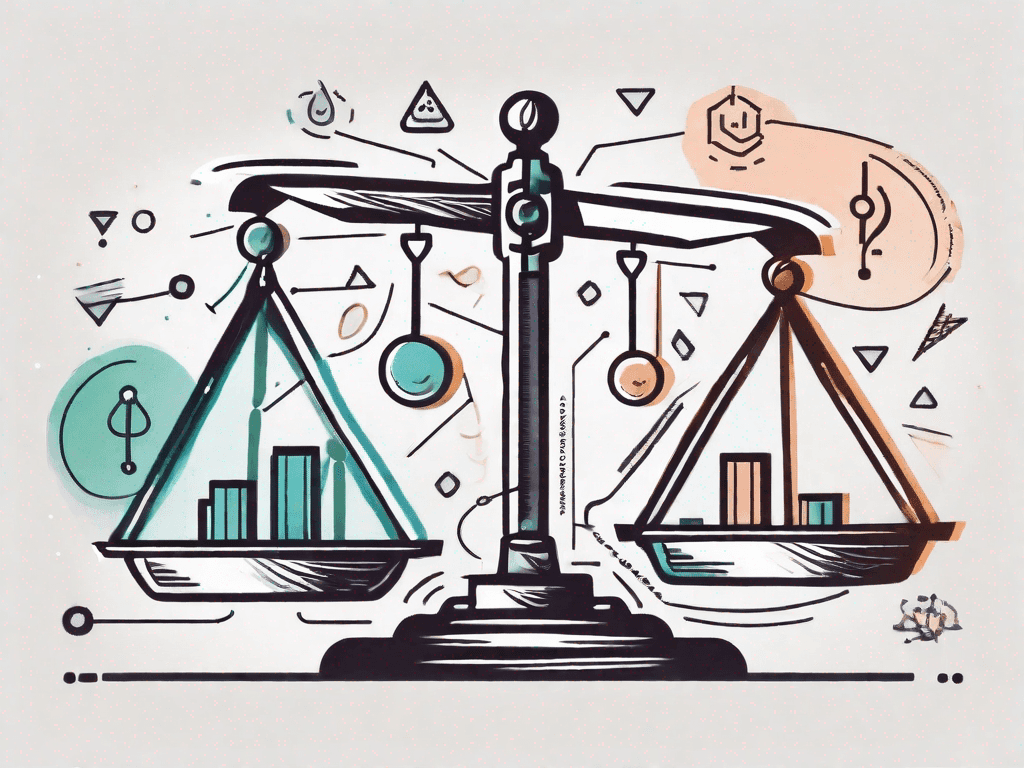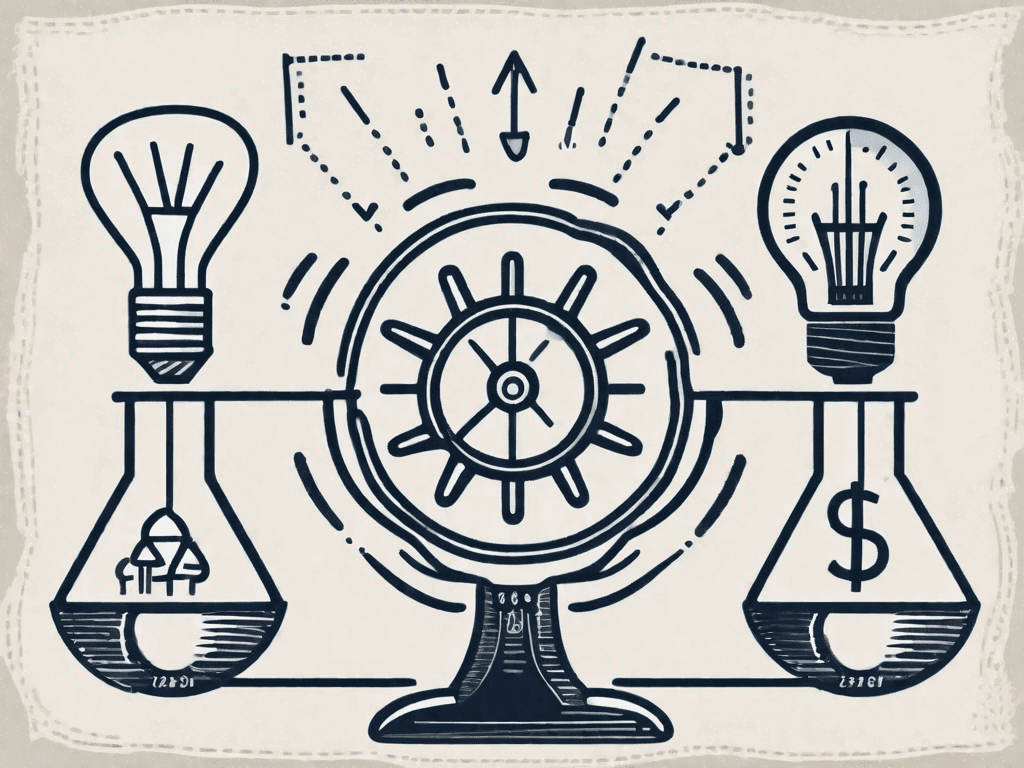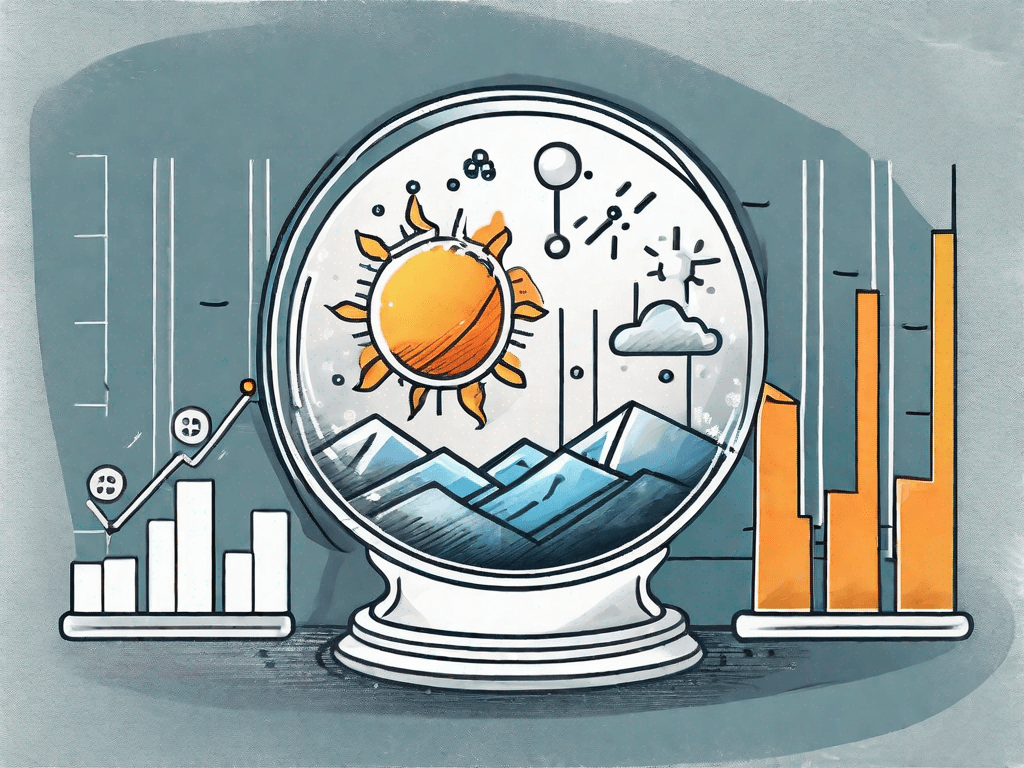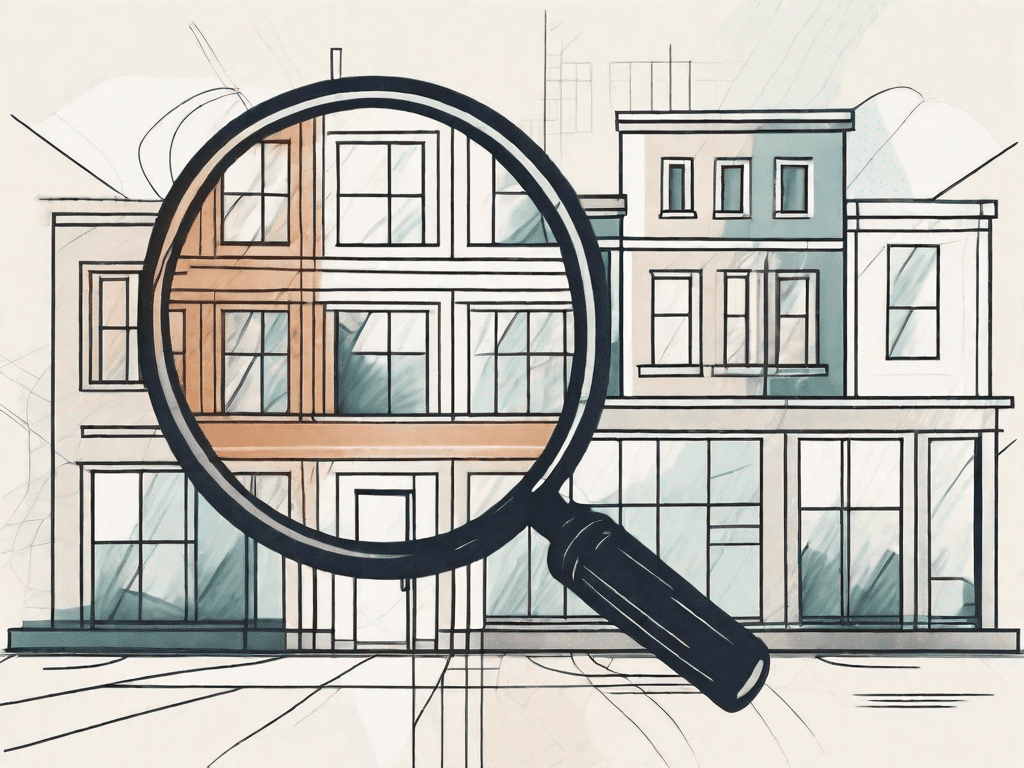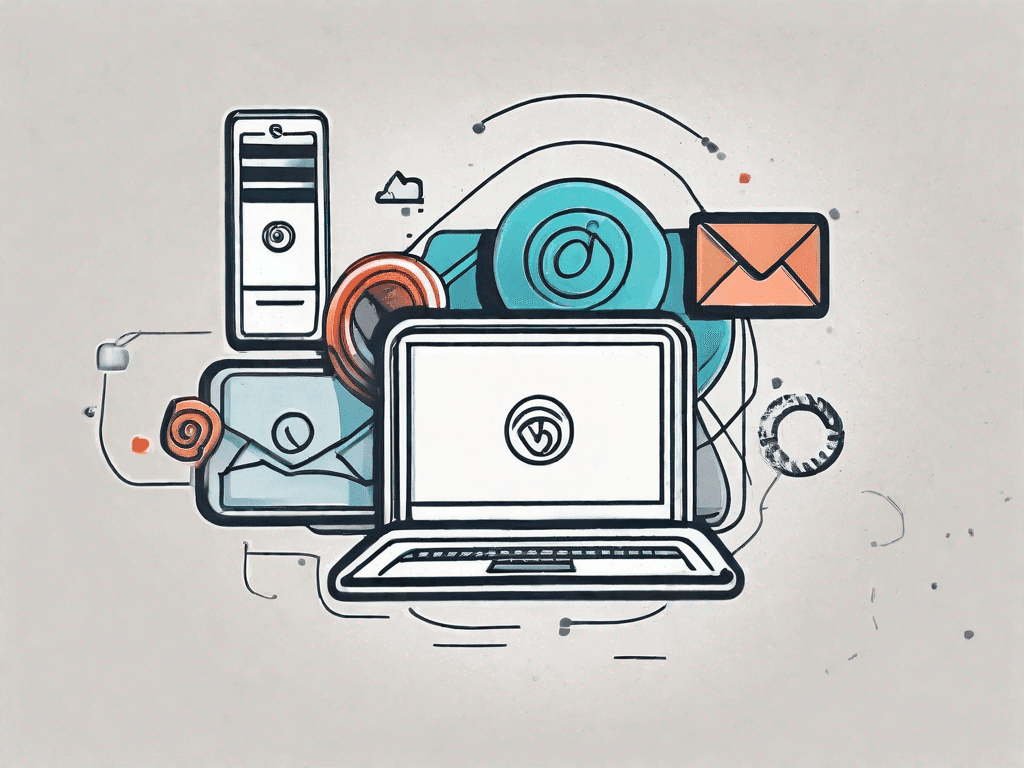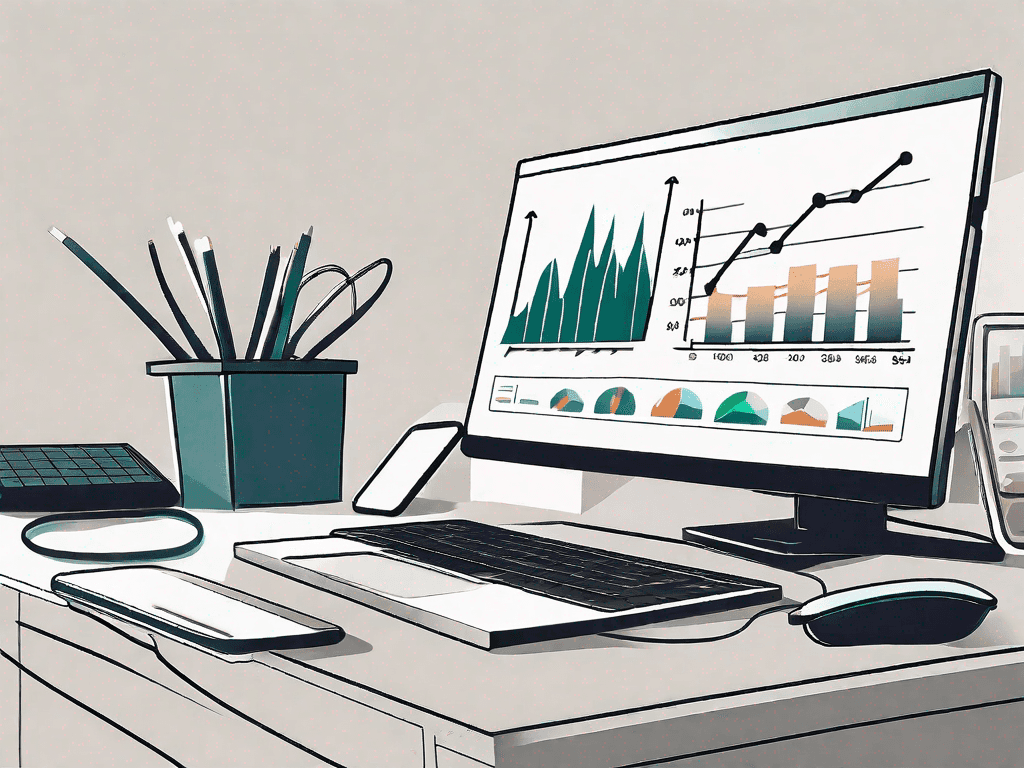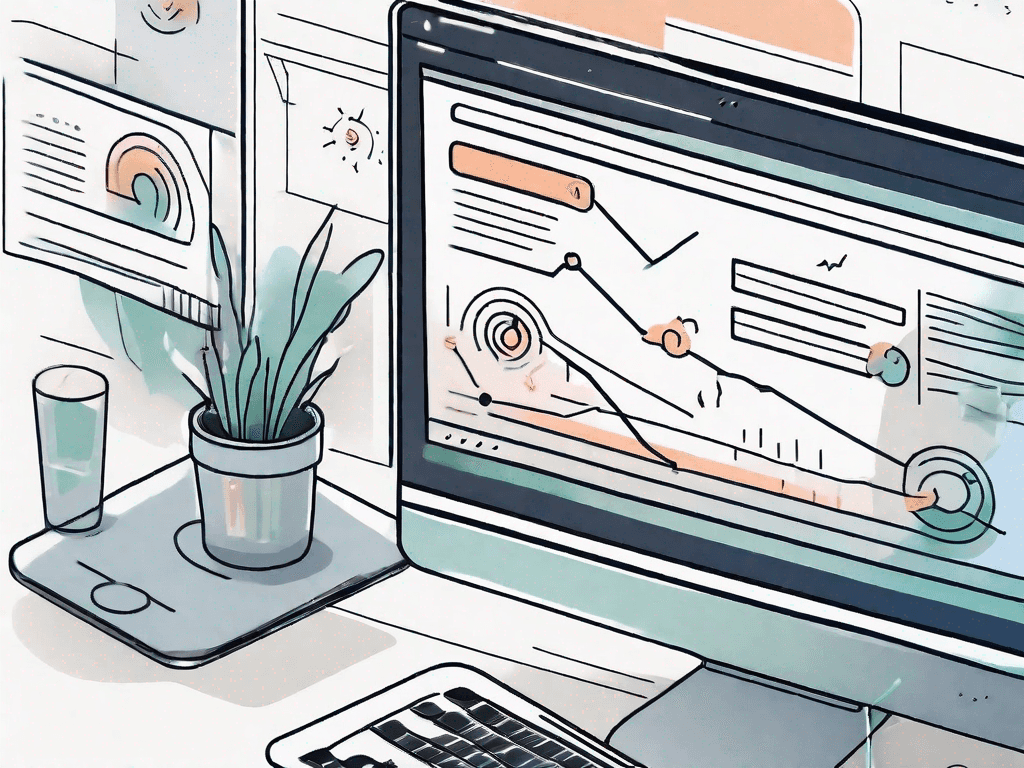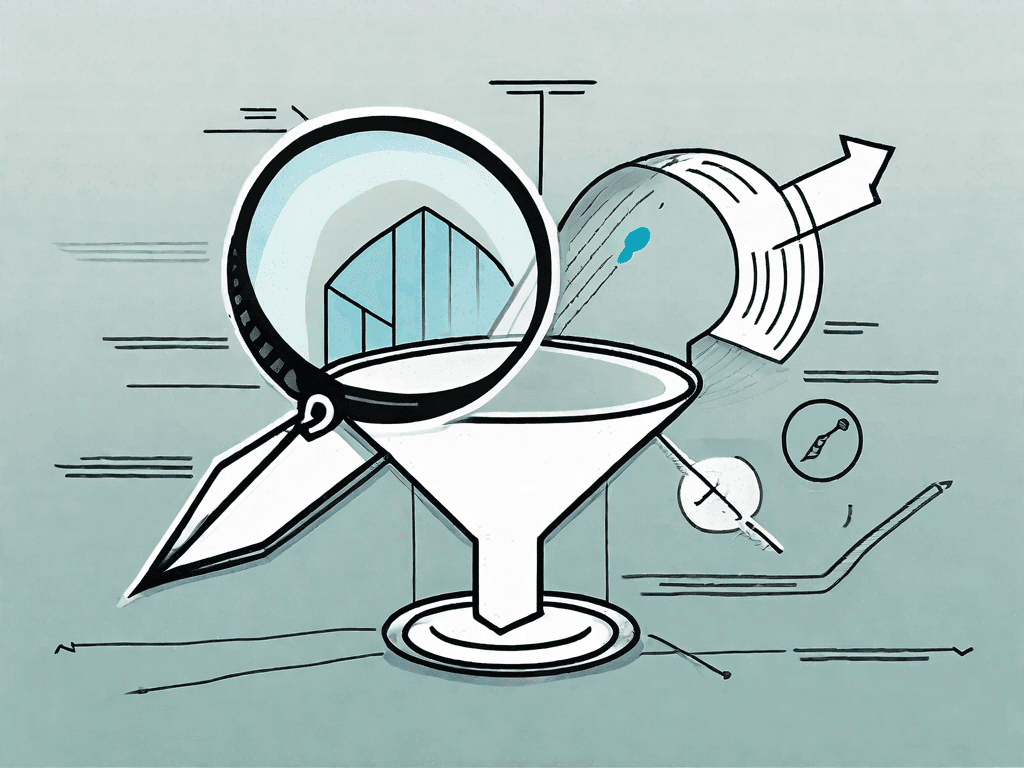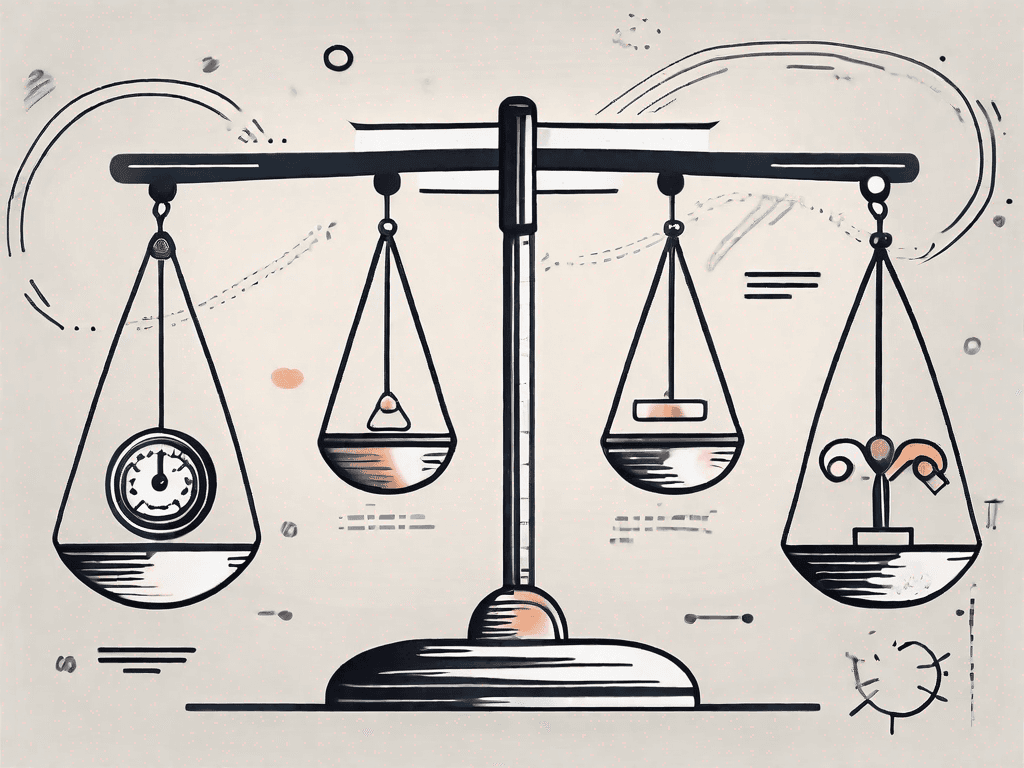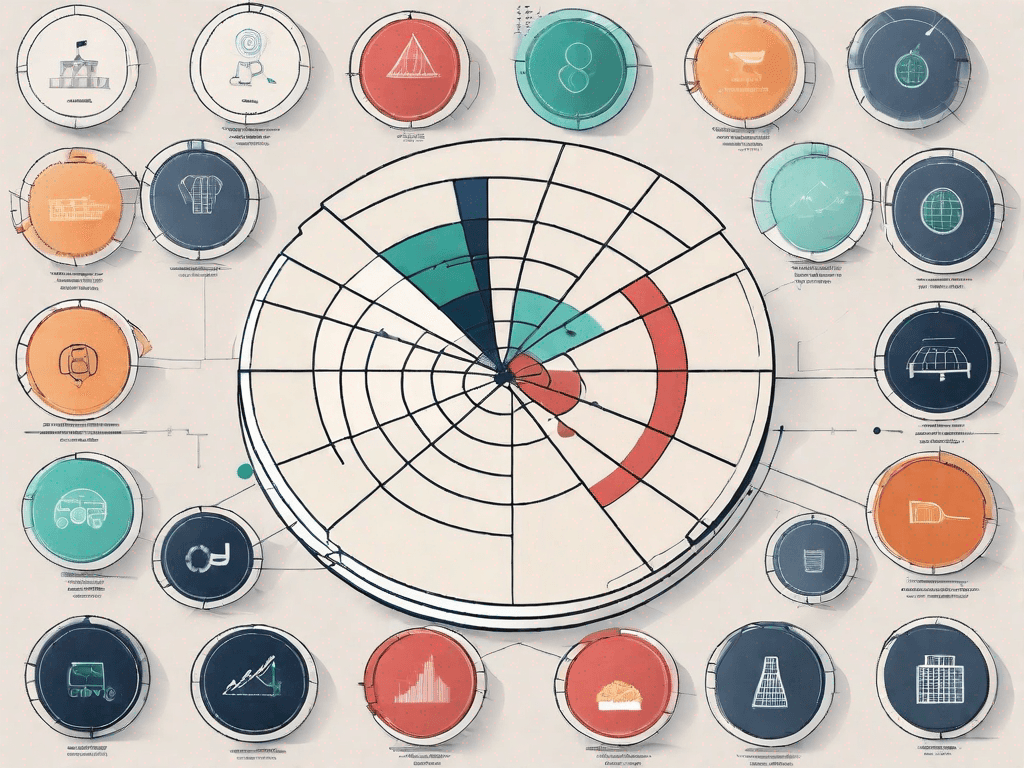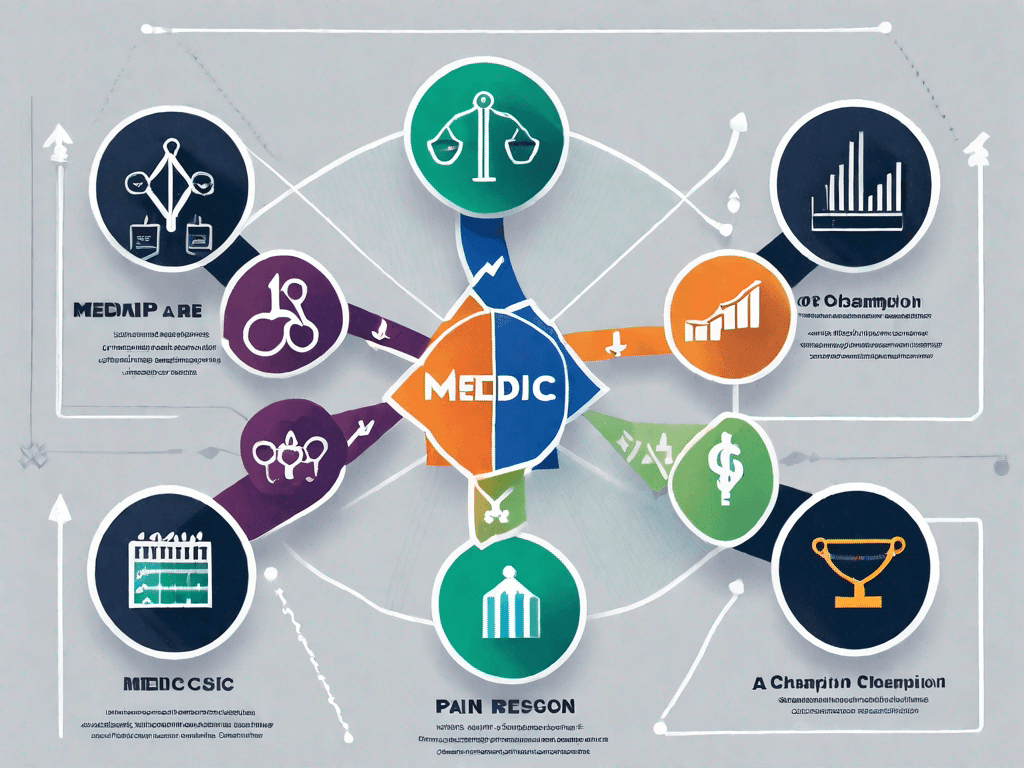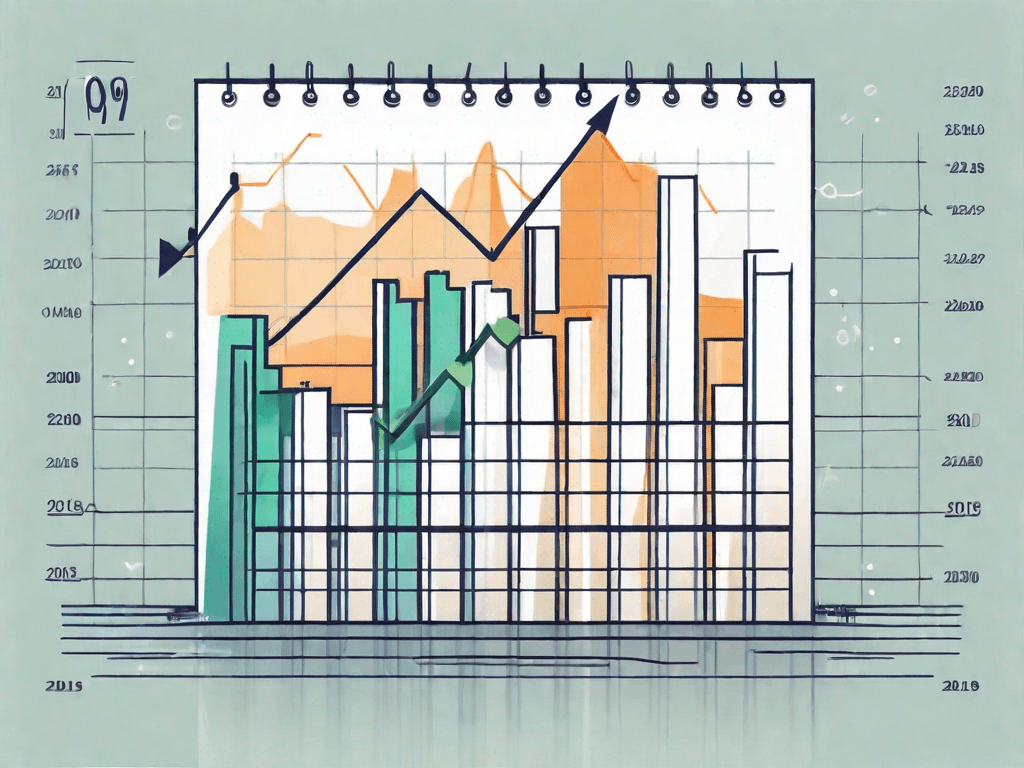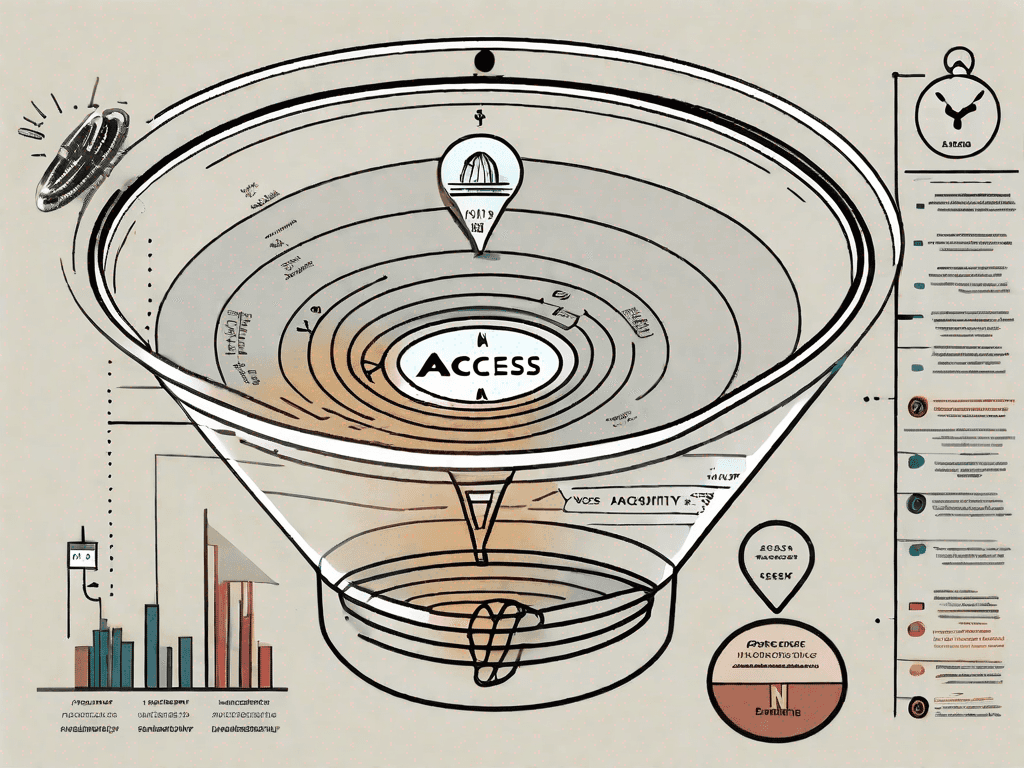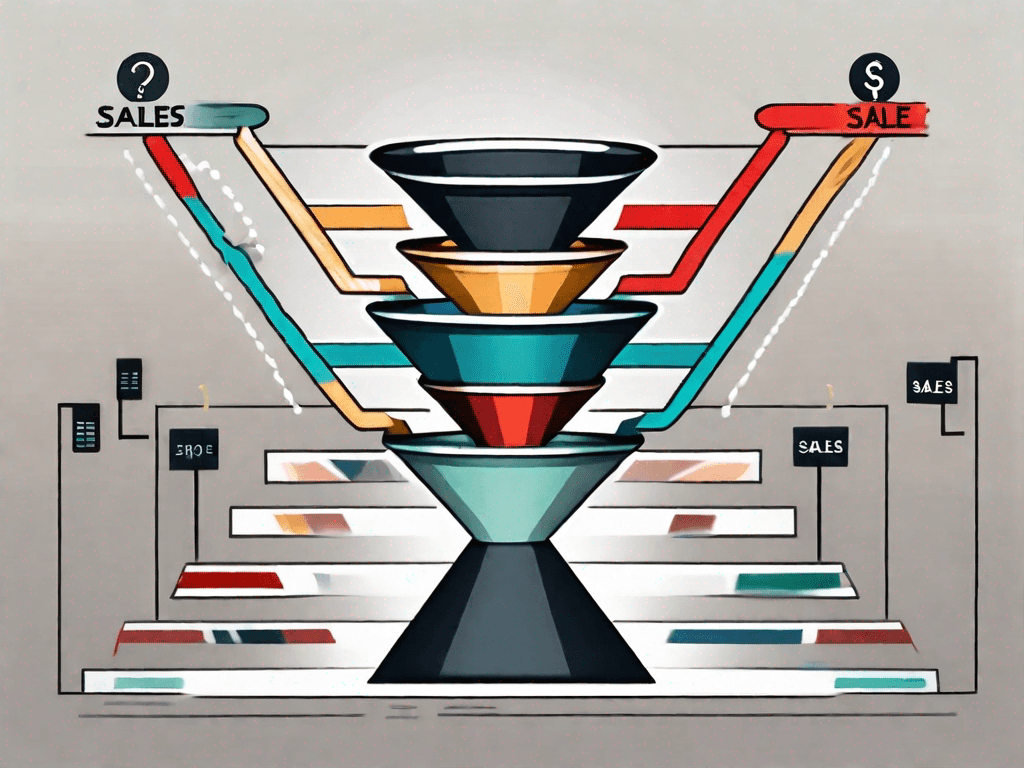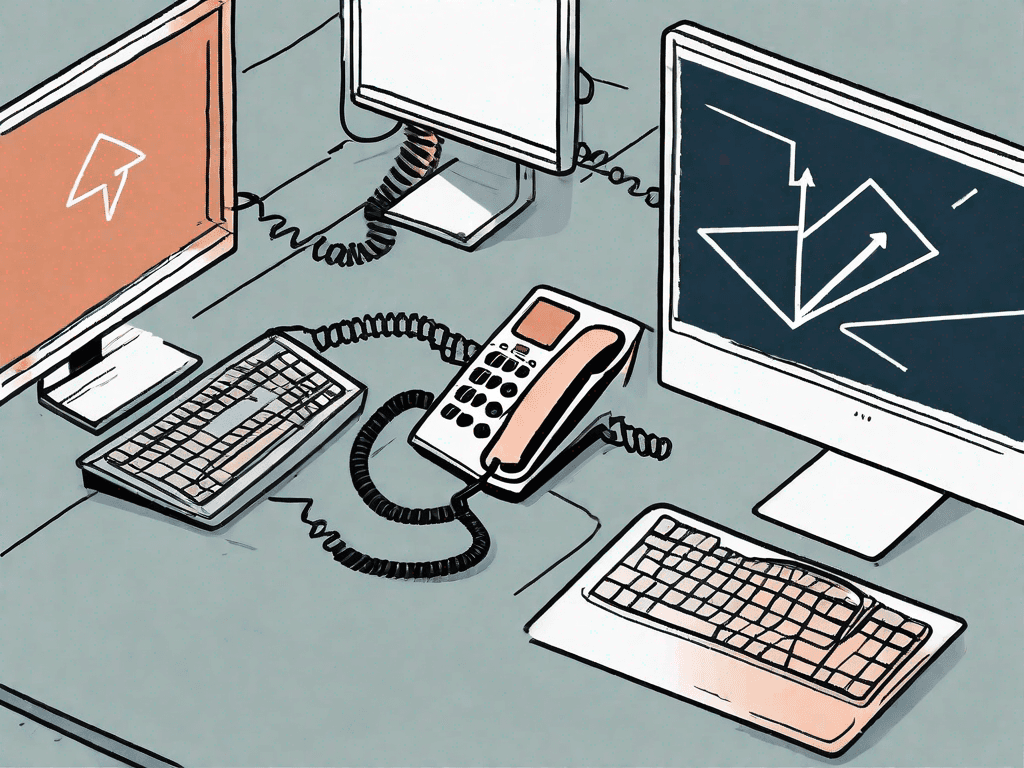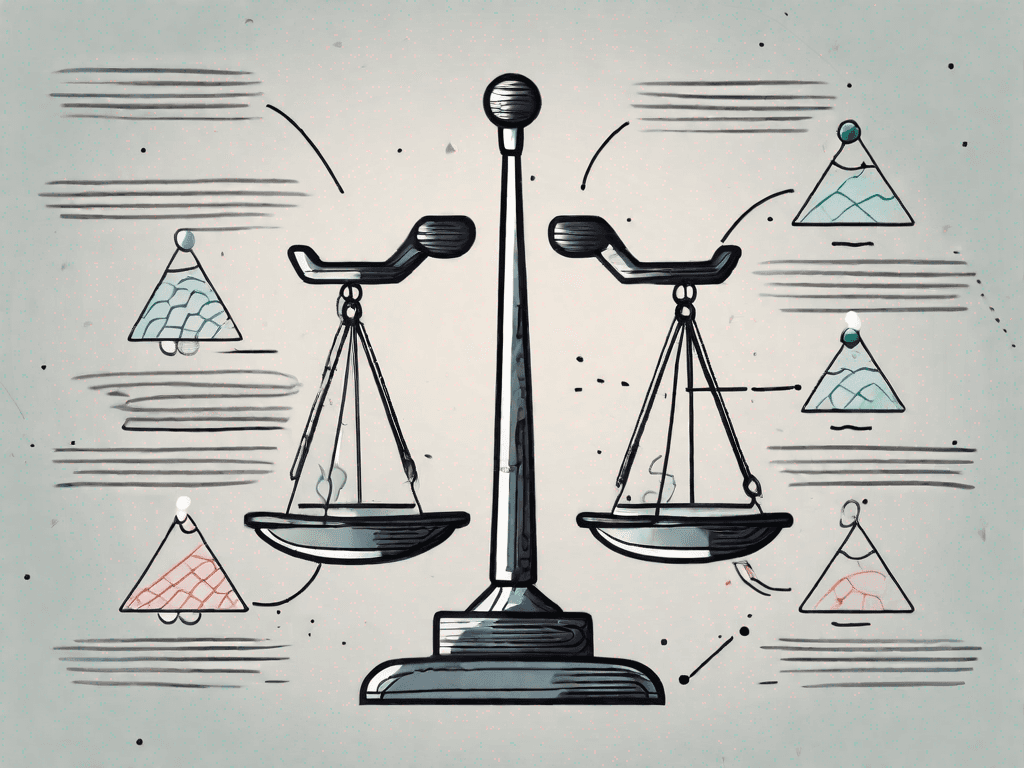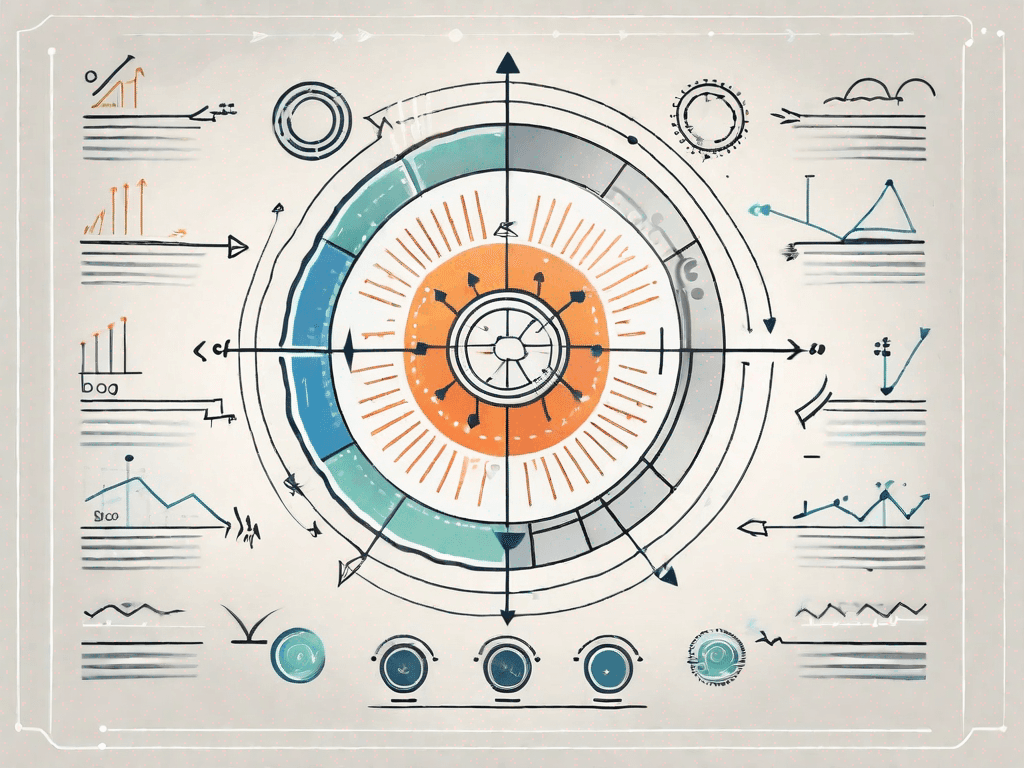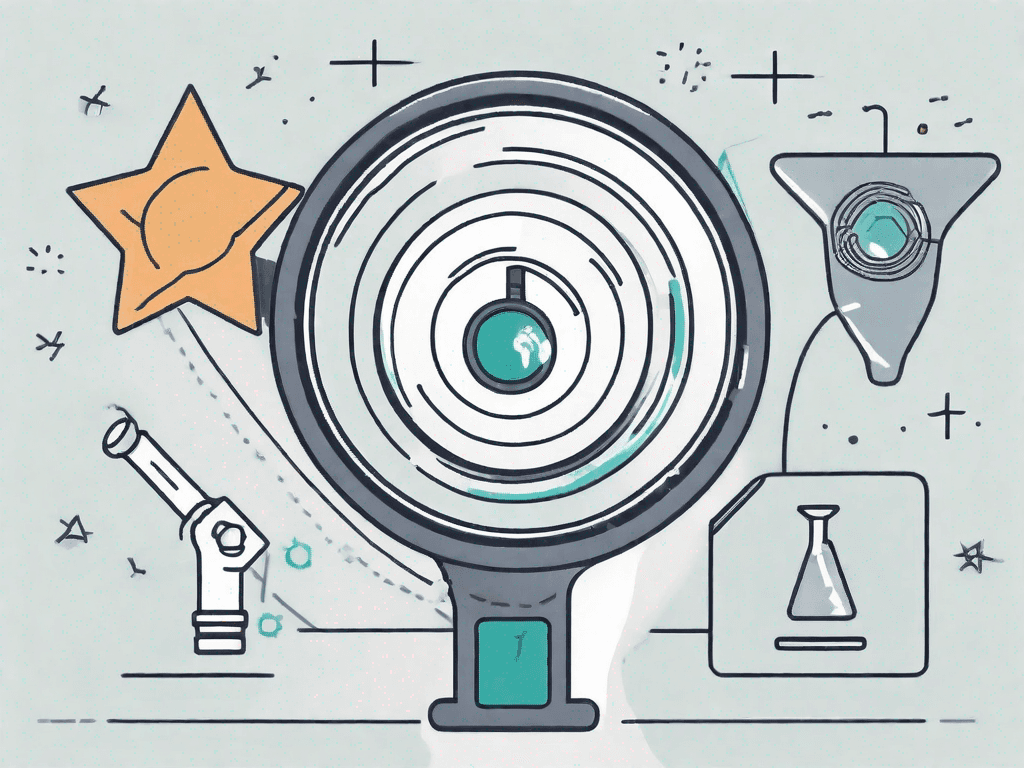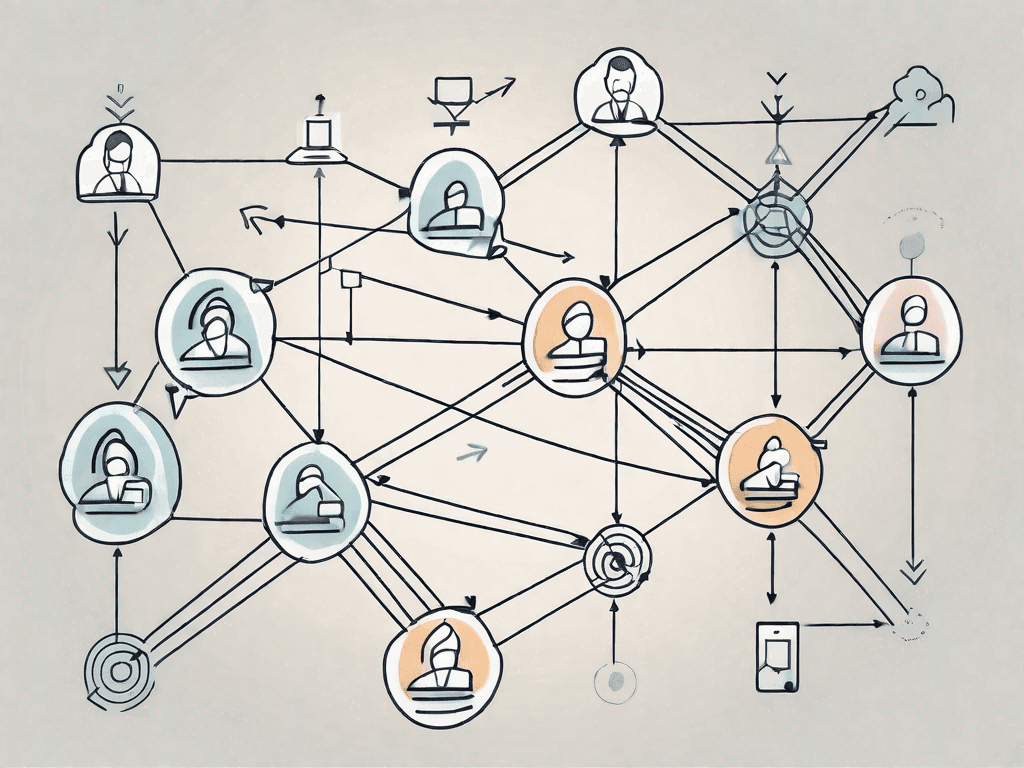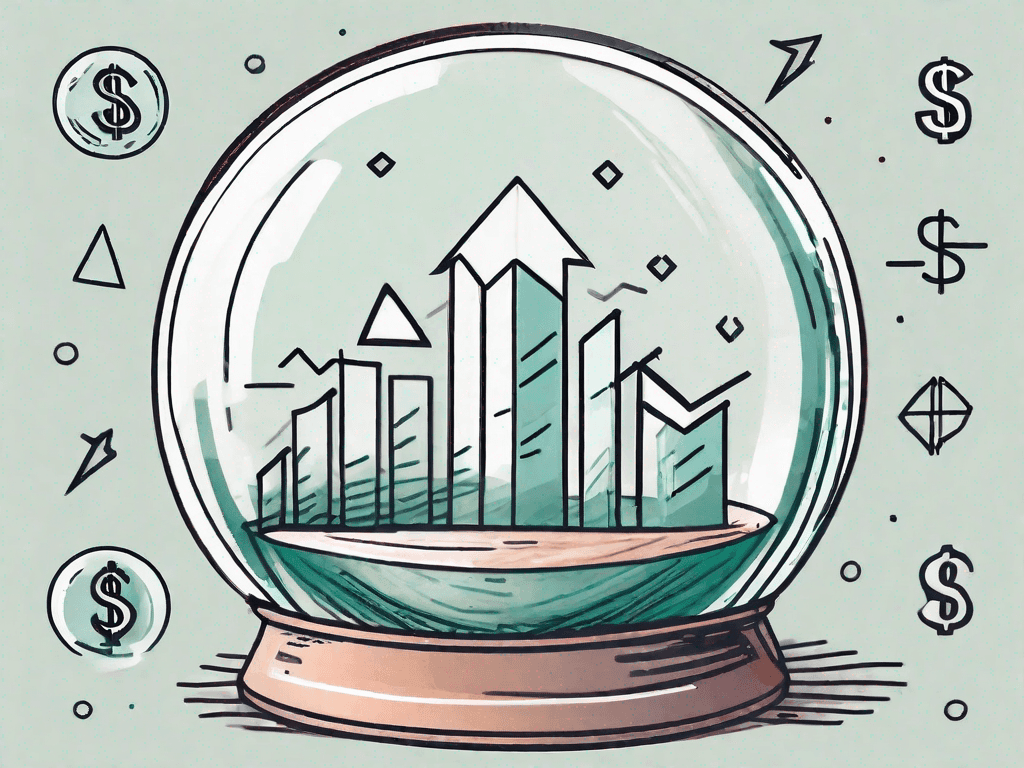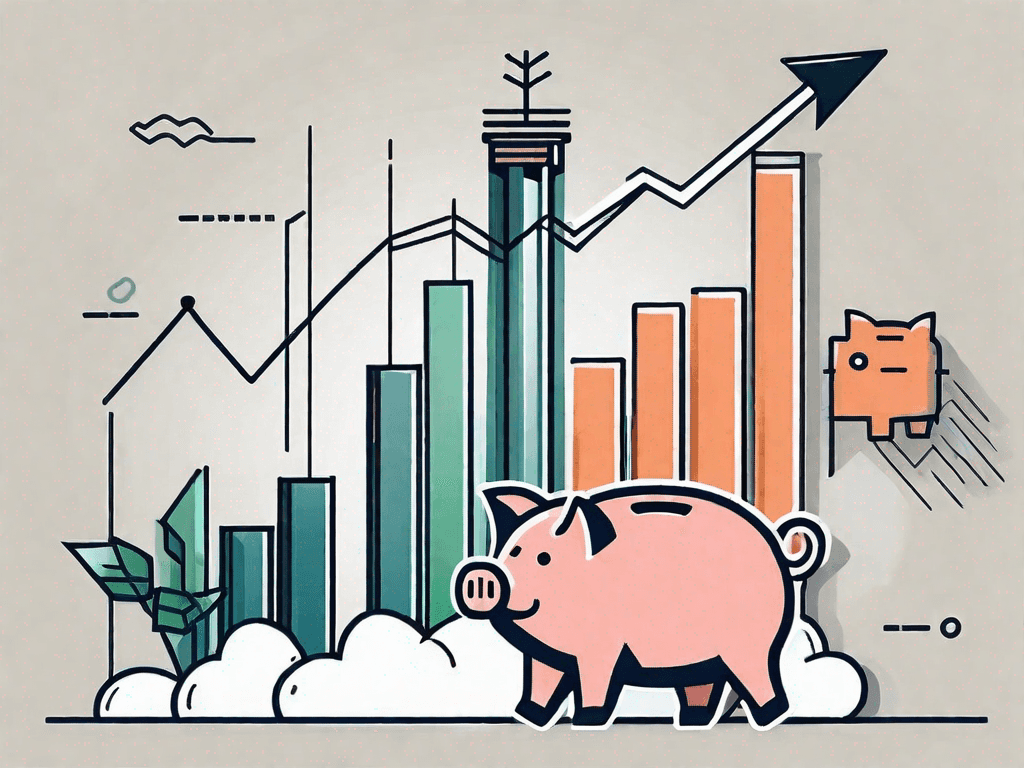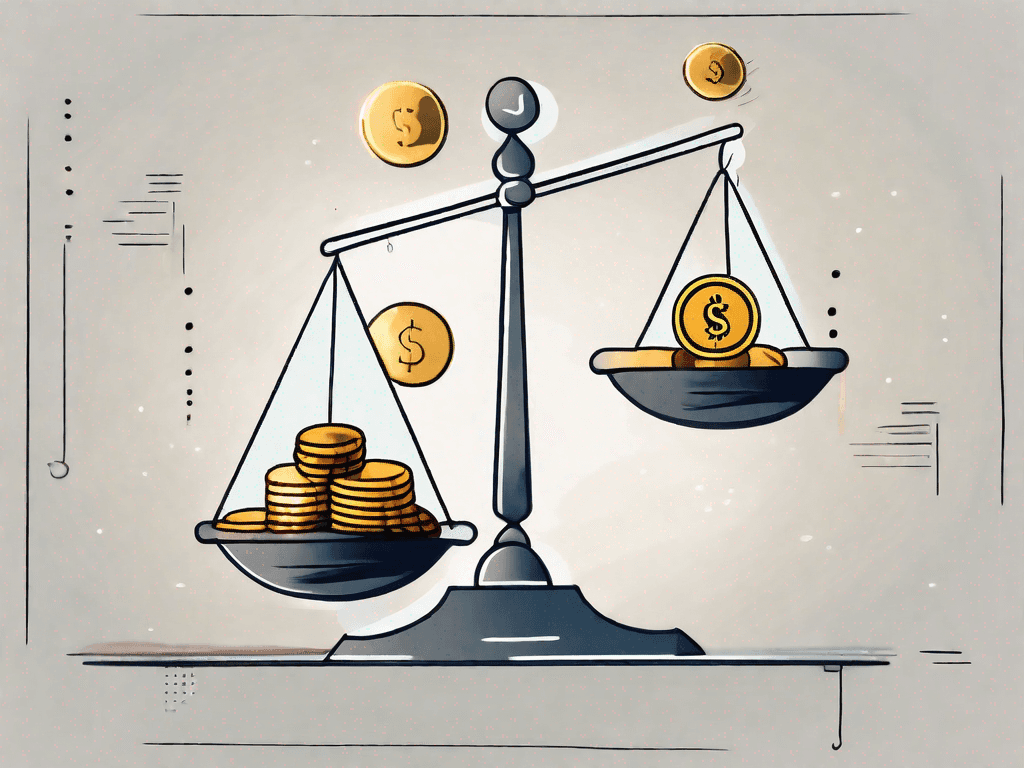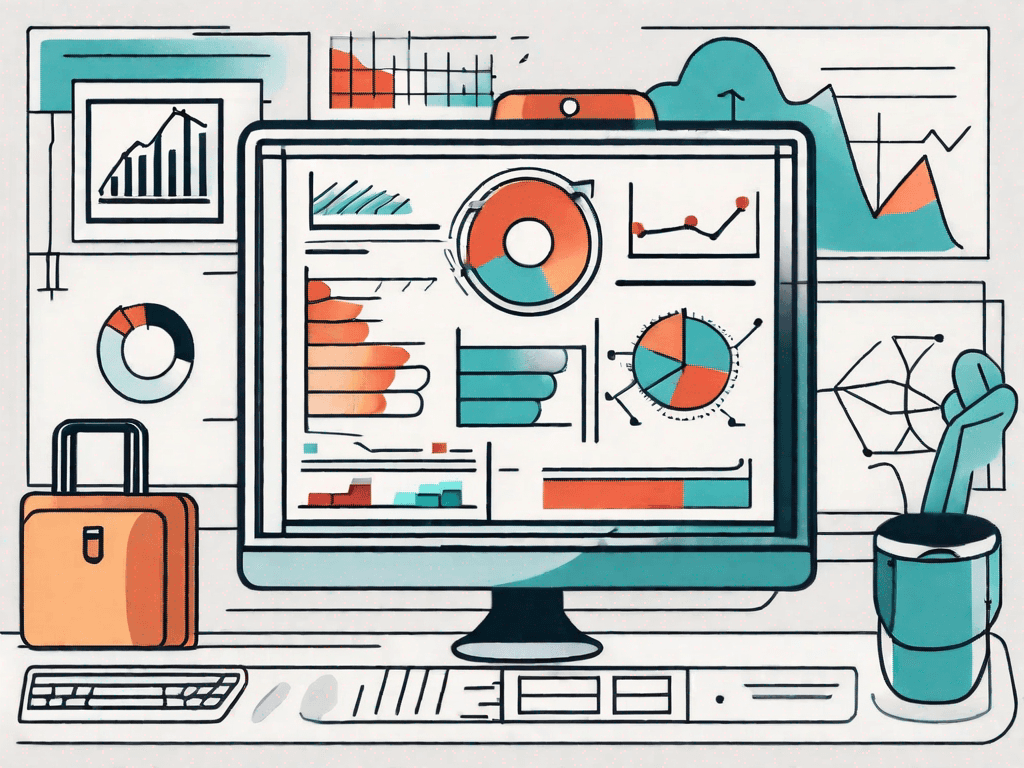If your business relies on phone calls — whether for outreach, customer support, internal meetings, or as a core part of your operations — being able to effectively track and manage those calls is critical. As your team grows and call volumes increase, the ability to log, organize, and analyze call data becomes essential for maintaining efficiency, consistency, and performance.
That’s where call logging comes into play.
More than just keeping a record of phone numbers and timestamps, we’ll dive into what call logging is, explore its core benefits and potential drawbacks, and share practical examples of how different types of businesses use it to drive results.
1°) What is Call Logging?

Call logging is the systematic recording and organization of phone interactions. It helps businesses maintain detailed records of incoming and outgoing calls, capturing key data such as:
Caller ID
Call direction (incoming or outgoing)
Duration and timestamps
Notes or follow-up actions
These logs are used for quality assurance, performance analysis, compliance, and customer service tracking. Most modern systems integrate with CRM platforms, making this information easily accessible for future reference.
1.2 - Advantages of Call Logging

Implementing call logging can significantly improve how your business communicates, serves customers, and manages internal operations. Here's how it adds real value:
Improved Customer Service — Call logs allow teams to review past interactions, identify customer pain points, and deliver more personalized support — leading to stronger relationships and higher satisfaction.
Dispute Resolution — Accurate call records offer a factual reference point in case of misunderstandings or service disputes, particularly useful in highly regulated industries like finance, healthcare, and telecom.
Training & Development — Managers can use logged calls to coach staff, highlight best practices, and correct performance issues — leading to better-trained, more confident employees.
Performance Insights — By analyzing call data (like resolution time or conversion rates), teams can evaluate productivity, track KPIs, and optimize workflows.
1.3 - Disadvantages of Call Logging

Despite its many benefits, call logging isn't without challenges. Here are a few potential downsides businesses should consider:
Privacy & Security Risks — Storing call data raises privacy concerns. Without proper encryption and access controls, sensitive information can be exposed or misused.
Cost & Resource Requirements — Call logging systems require investment in software, storage, and ongoing management. Smaller businesses may find this burdensome without automation.
Compliance Complexity — Industries with strict data regulations (like HIPAA or GDPR) must ensure their call logging practices meet legal standards for storage, retention, and access control.
2°) Examples of Call Logging
Call logging can benefit a wide range of businesses by improving communication, tracking important interactions, and providing actionable insights. Let’s explore how different types of organizations use it in real-world scenarios:
2.1 - Example in a Startup Context
Startups often operate in high-pressure, fast-moving environments where every call counts — whether it’s with investors, customers, or potential partners.
Take a hypothetical startup,TechSolutions, for example. As they scale, they use call logging to:
Track client and investor interactions — Logging calls helps them keep a clear record of what was discussed and follow up with personalized responses.
Analyze customer feedback — By reviewing logs, TechSolutions can spot recurring questions or pain points, allowing them to improve their product and customer experience.
Refine investor pitches — Reviewing past investor conversations reveals which talking points resonate best, helping to increase funding success.

2.2 - Example in a Consulting Context
In consulting, clear and consistent communication is essential. Call logging ensures that nothing gets lost between conversations and consultants.
At Strategic Solutions, a management consultancy, call logging is used to:
Document client conversations — Consultants refer back to previous calls to ensure follow-through on deliverables and strategic alignment.
Support collaborative work — When multiple consultants work on the same account, shared call logs provide essential context, saving time and reducing errors.
Spot recurring client issues — By analyzing logged calls, the firm can identify service gaps or opportunities for new offerings tailored to client pain points.

2.3 - Example in a Digital Marketing Agency Context
For agencies, calls often contain valuable insights into campaign performance and client needs.
At DigitalEdge, a digital marketing agency, call logging helps:
Track inbound inquiries — When calls come in from campaigns, logs help determine which channels or creatives are driving the most engagement.
Optimize campaign performance — Reviewing call data allows the team to adjust messaging, targeting, or offers based on what prospects are asking.
Enhance client communication — Logs help account managers stay aligned with client expectations, quickly follow up on action items, and deliver more personalized service.
💬 Final Thoughts
Call logging plays a crucial role in modern communication management across industries. By systematically capturing and organizing call data, businesses can improve customer service, streamline internal processes, resolve disputes more effectively, and stay compliant with regulatory standards.
As we've seen across startup, consulting, and marketing contexts, call logging isn’t just about record-keeping — it’s a tool for growth, performance improvement, and strategic decision-making.
However, organizations must weigh these benefits against potential drawbacks such as privacy concerns, compliance requirements, and the need for proper infrastructure. When implemented thoughtfully, call logging can become a powerful asset that supports both operational efficiency and long-term success.














